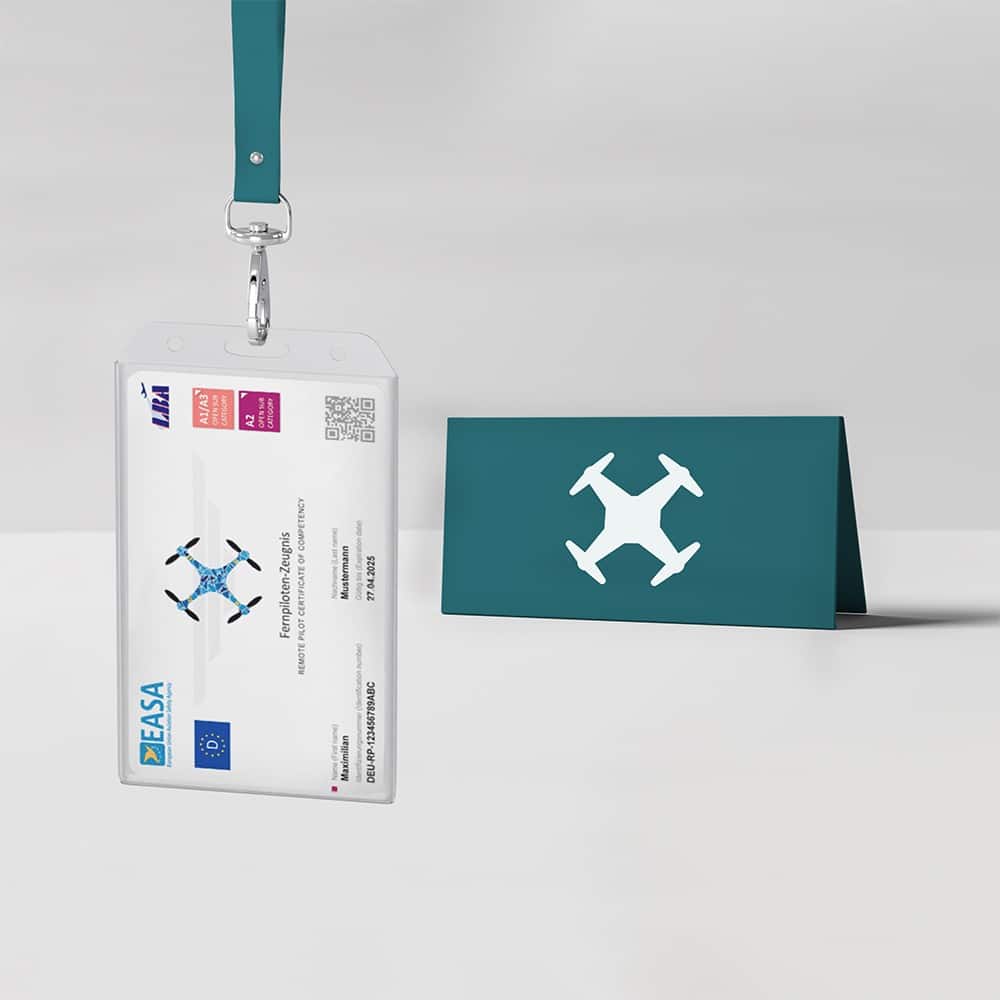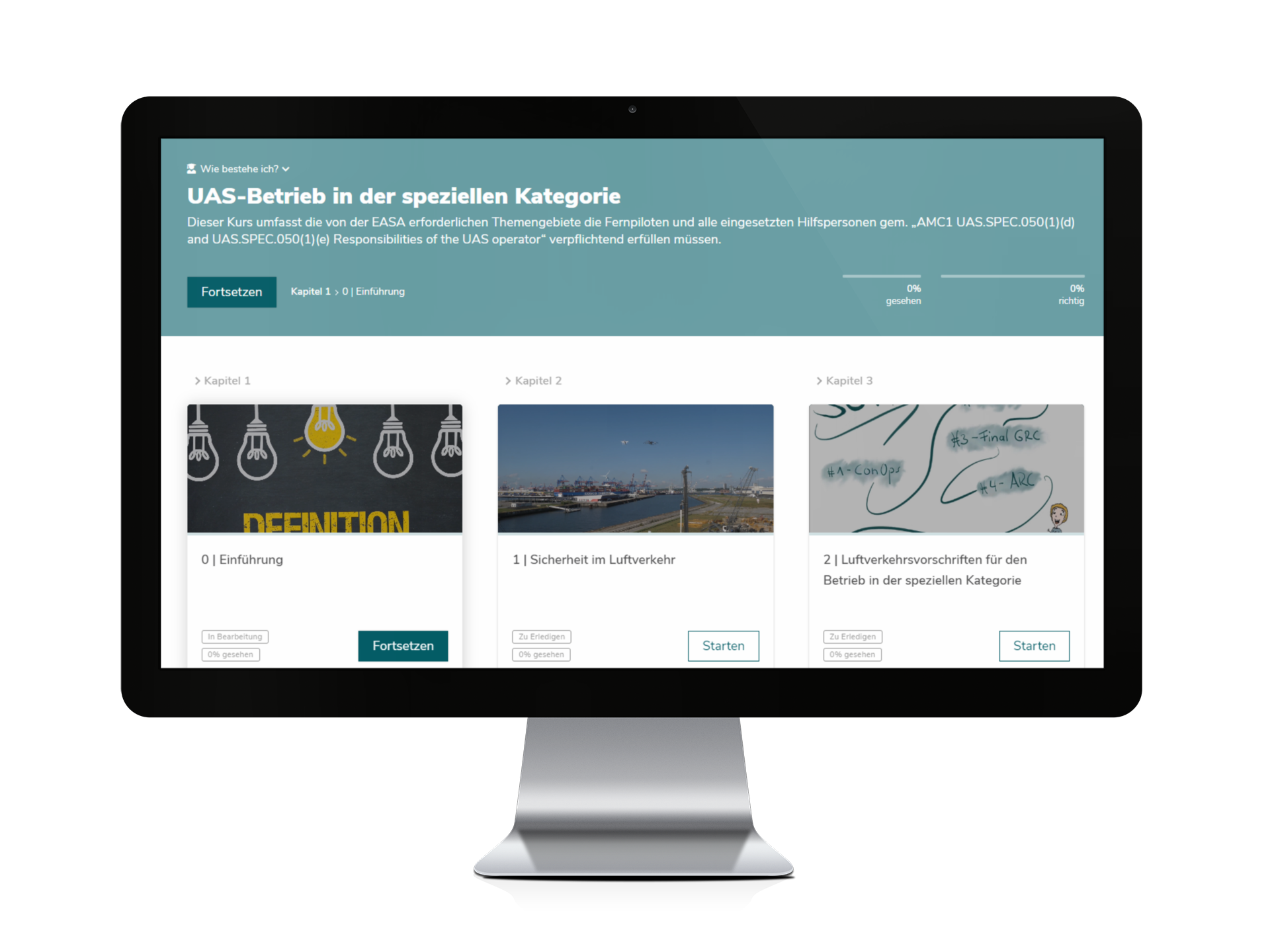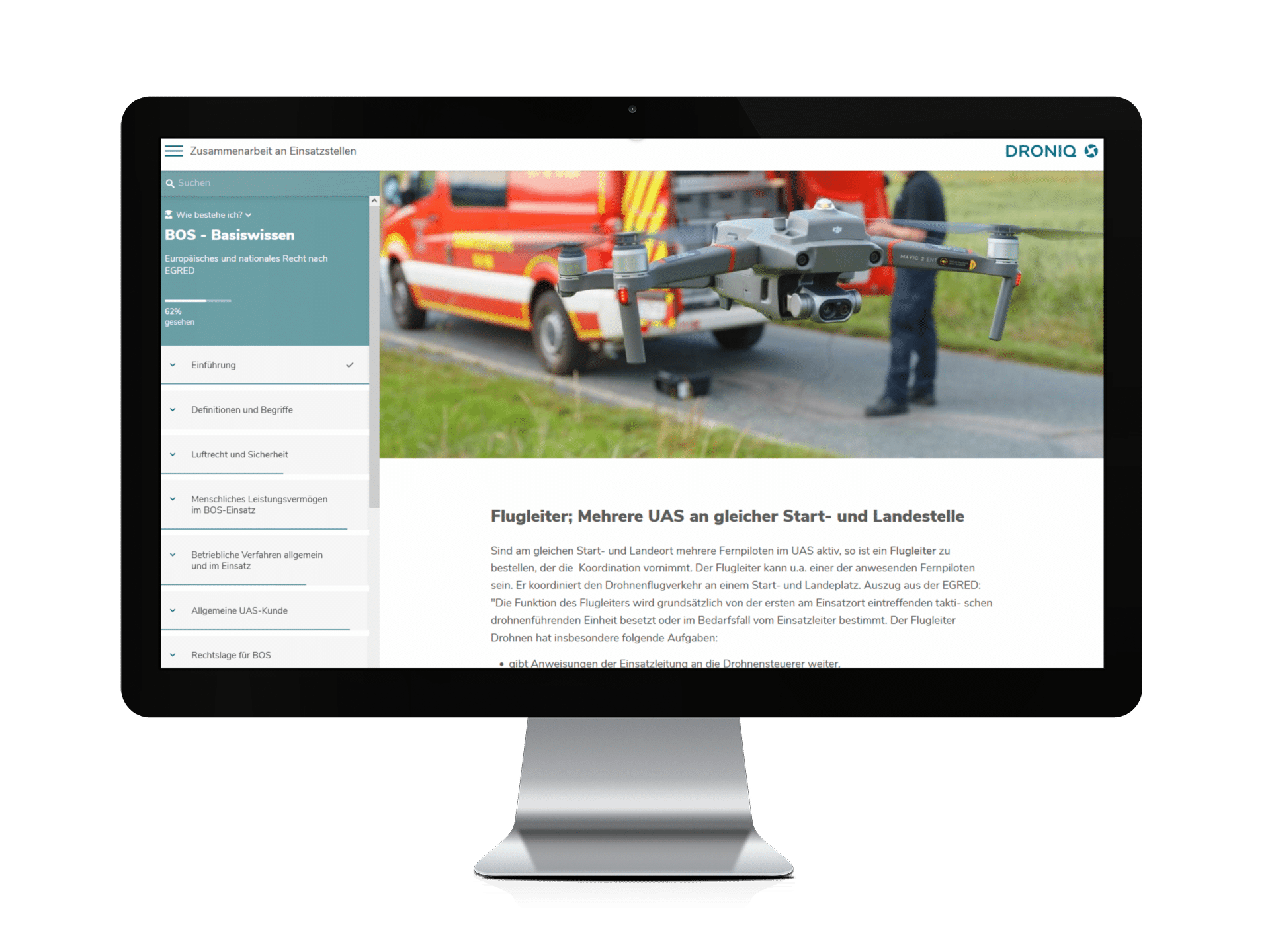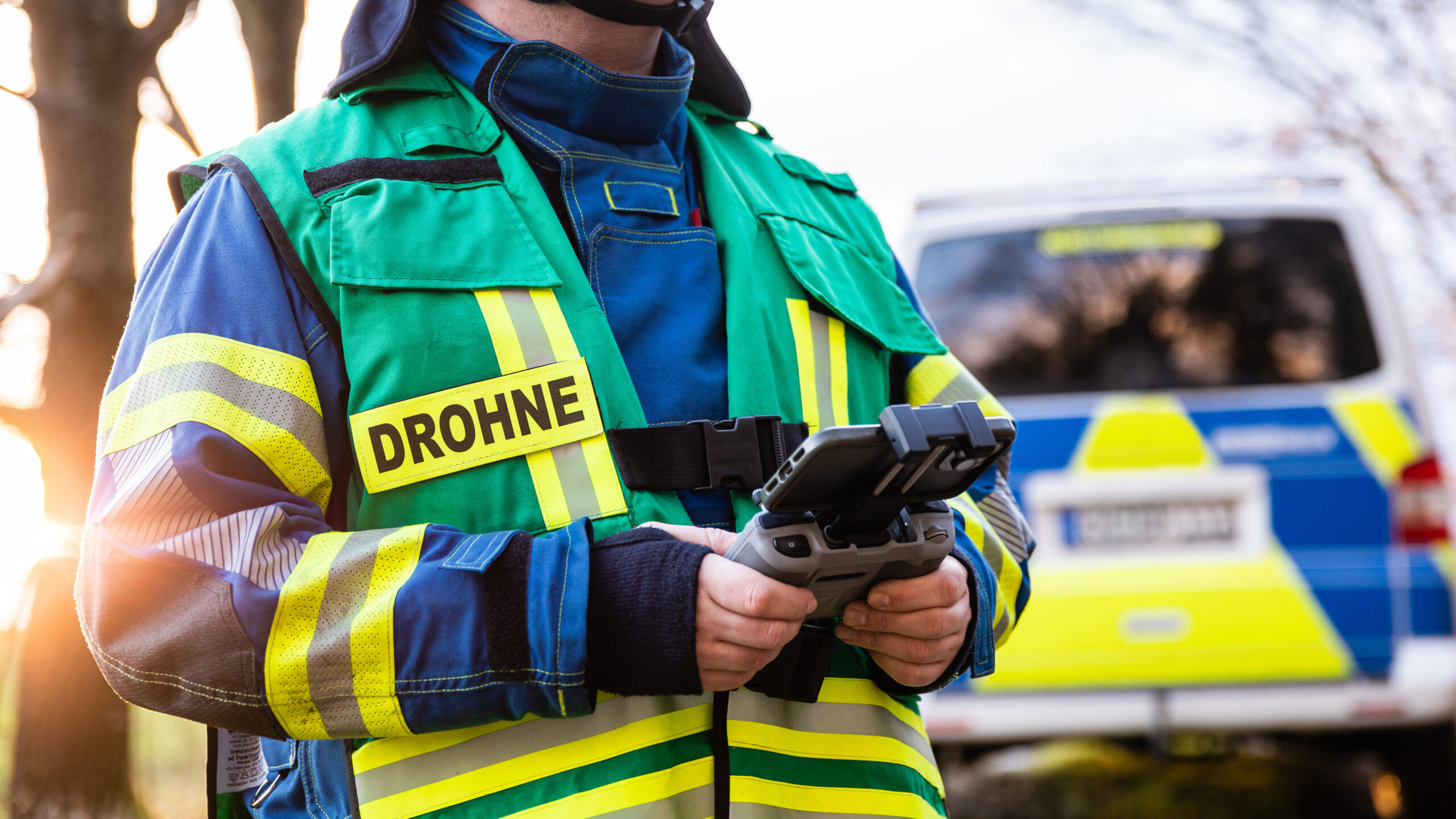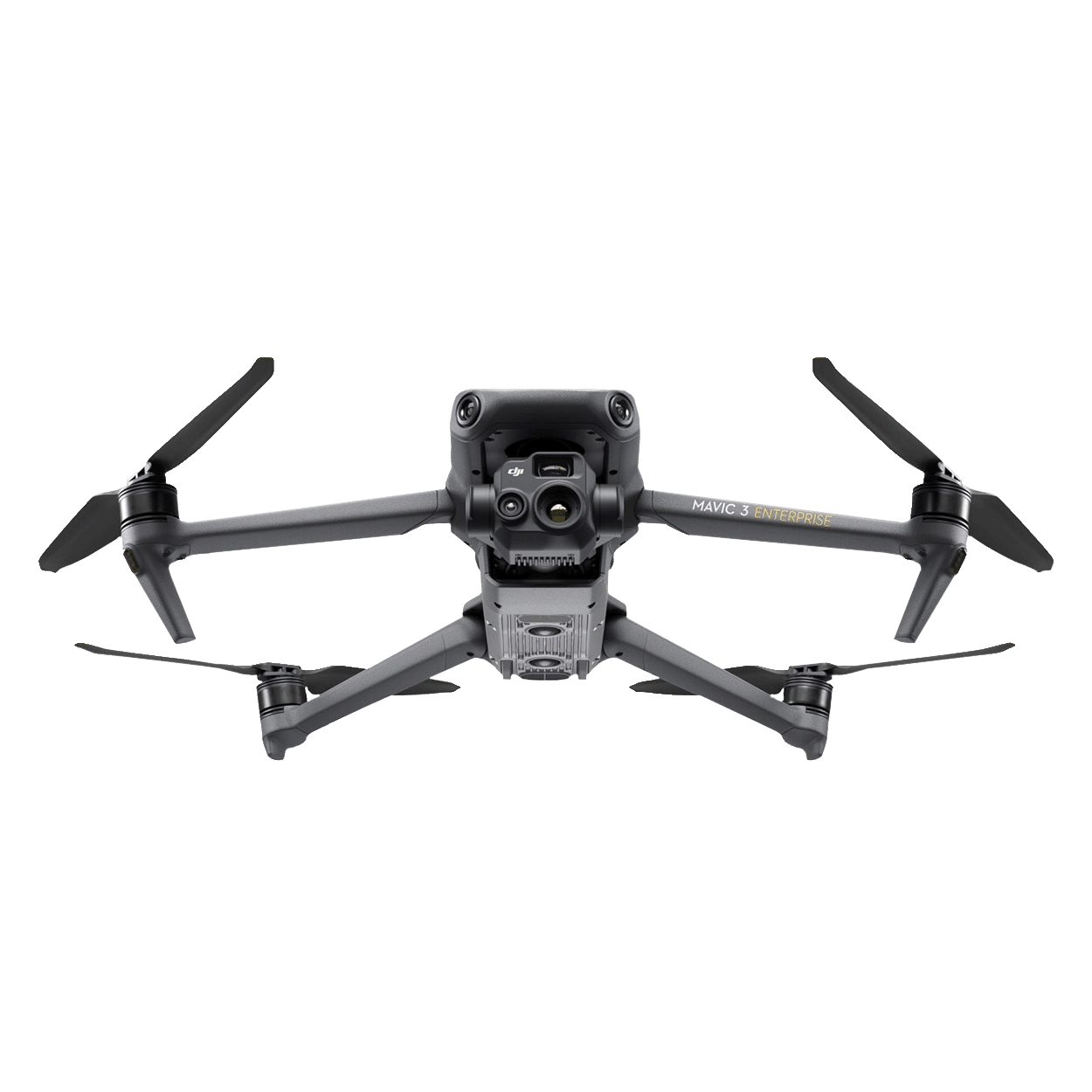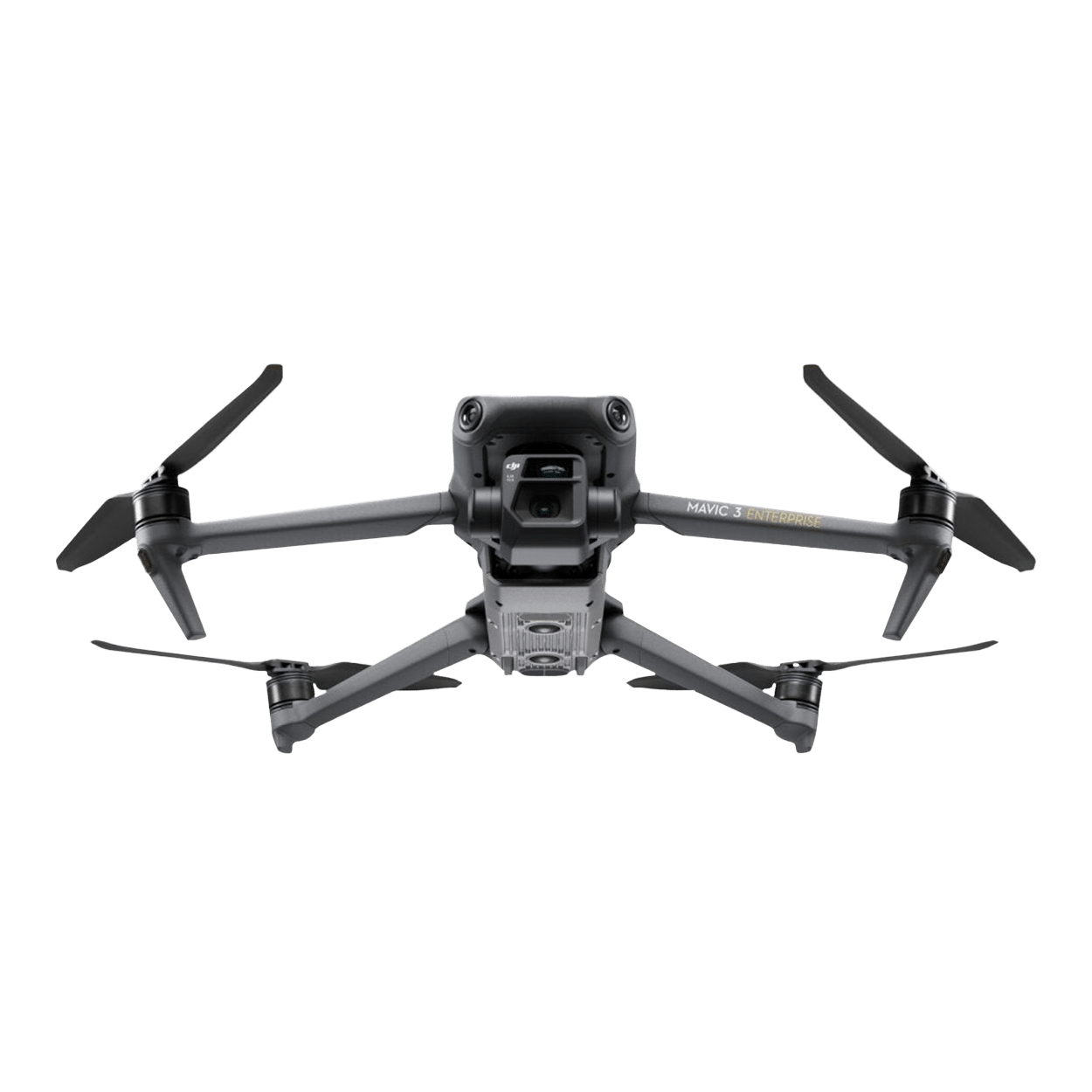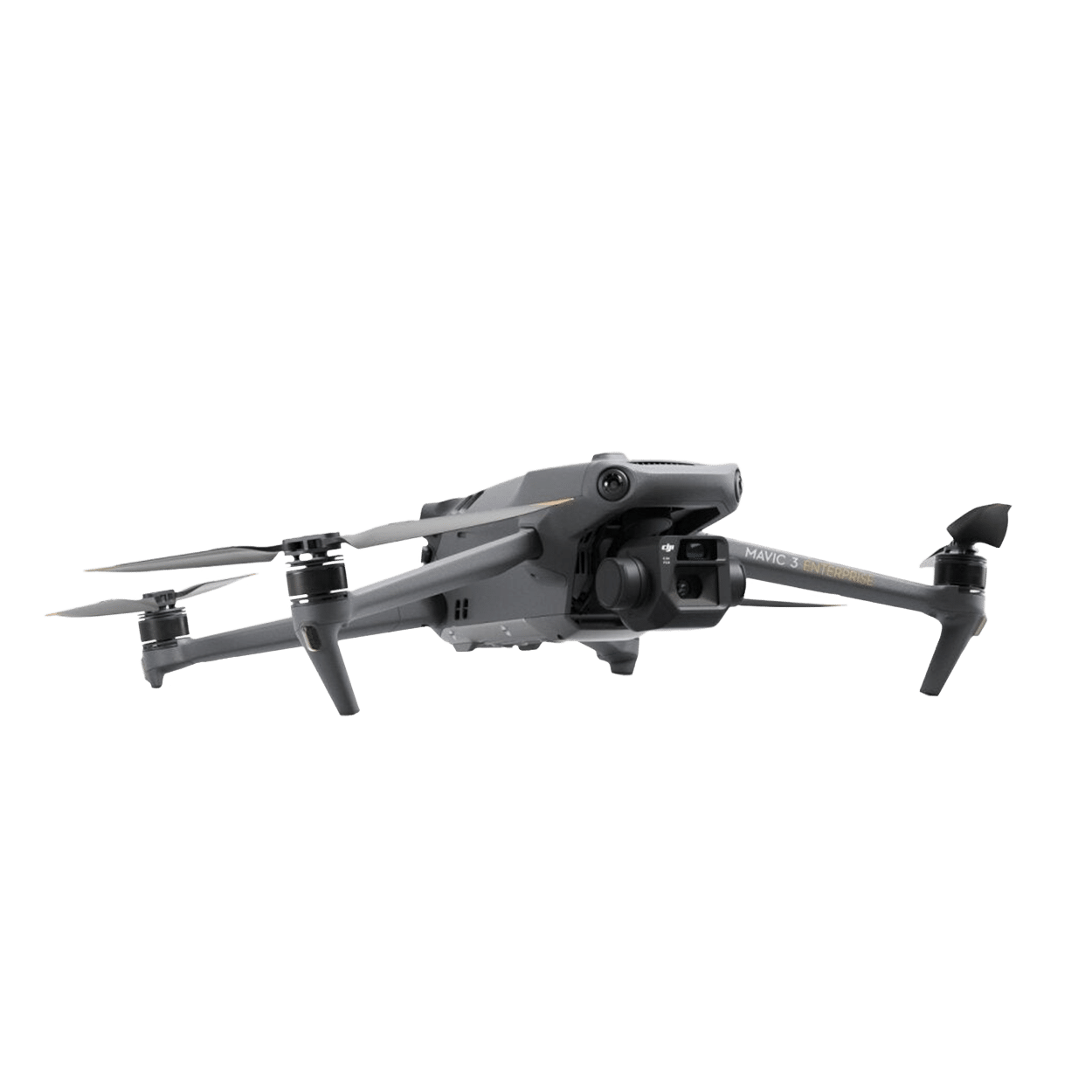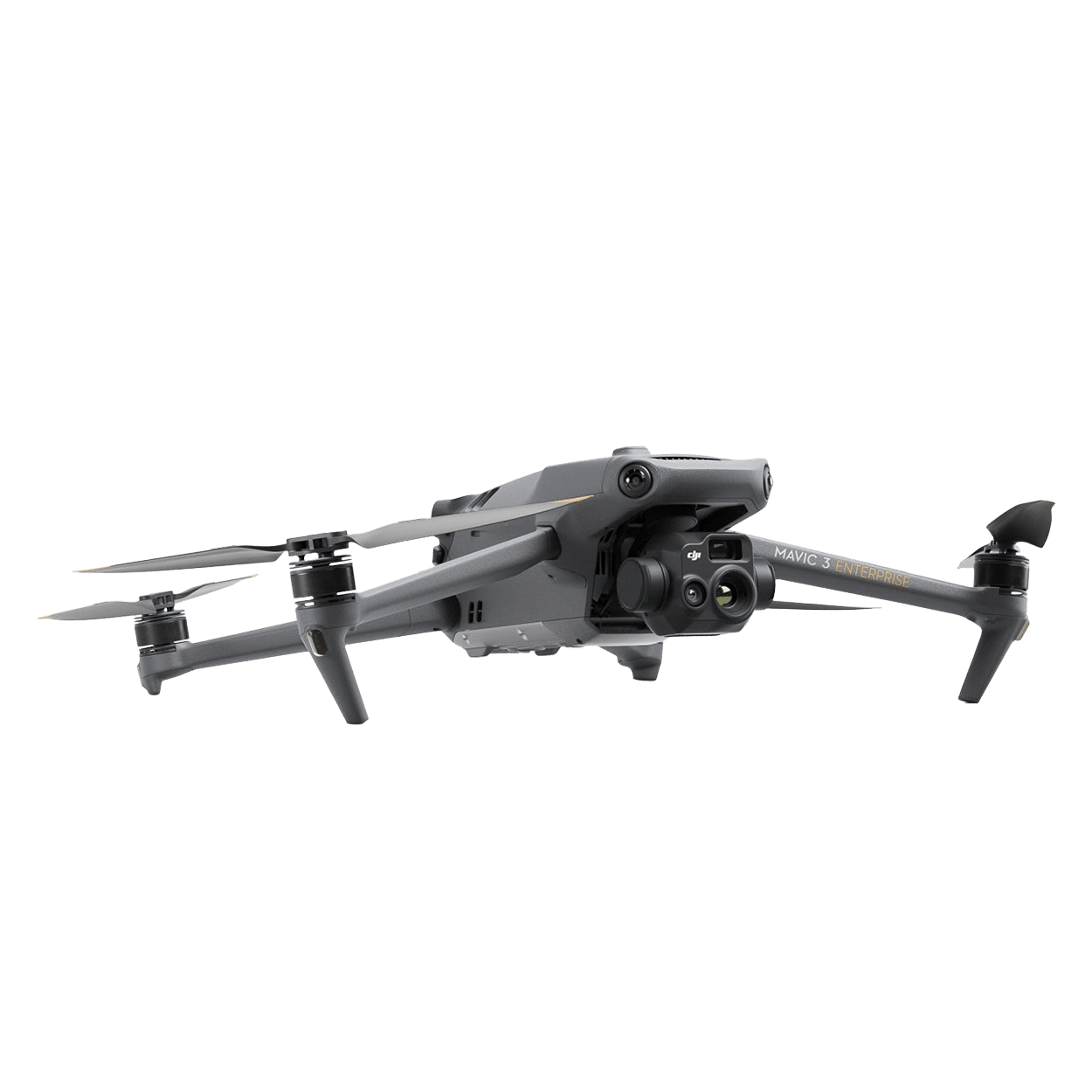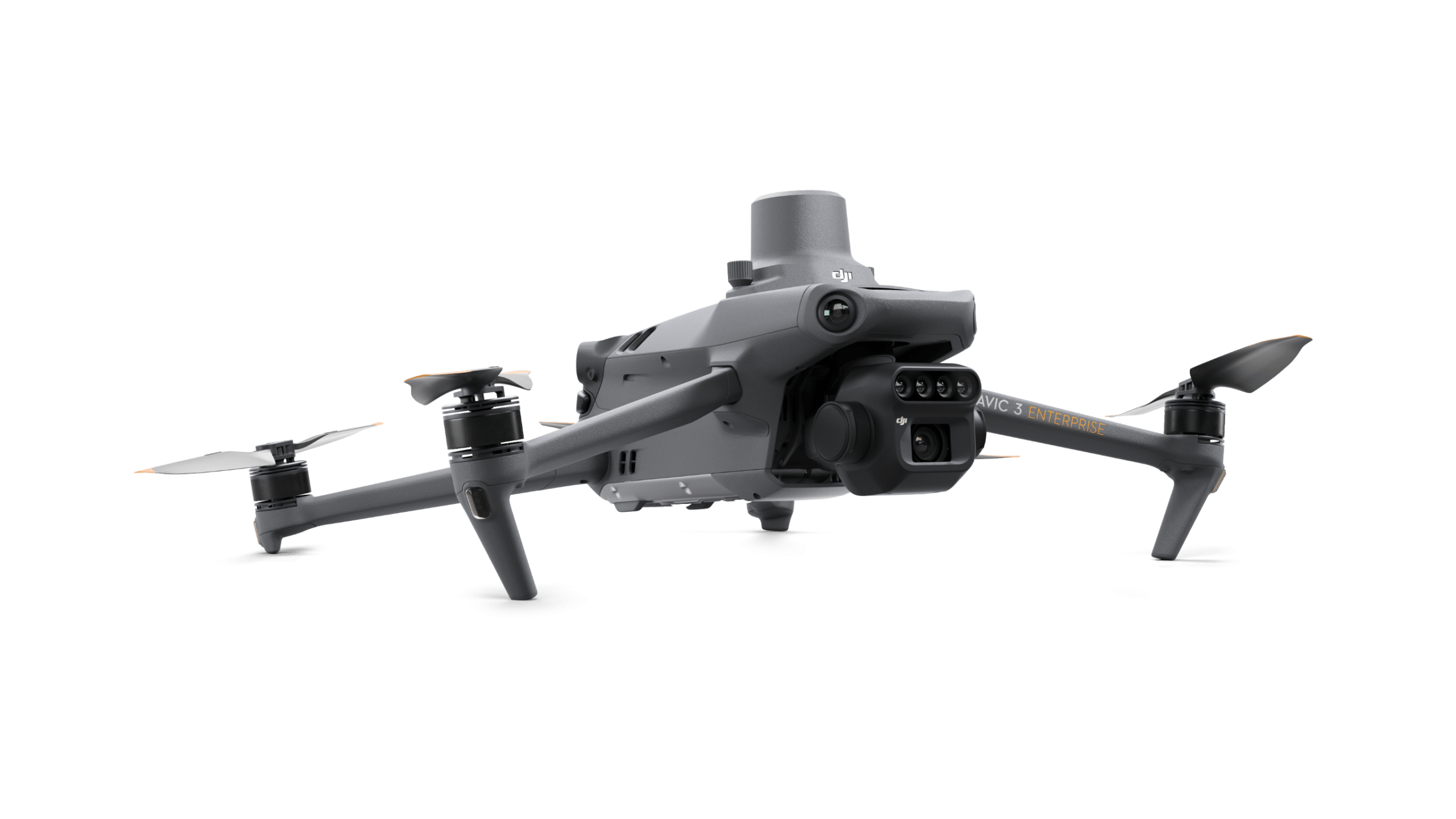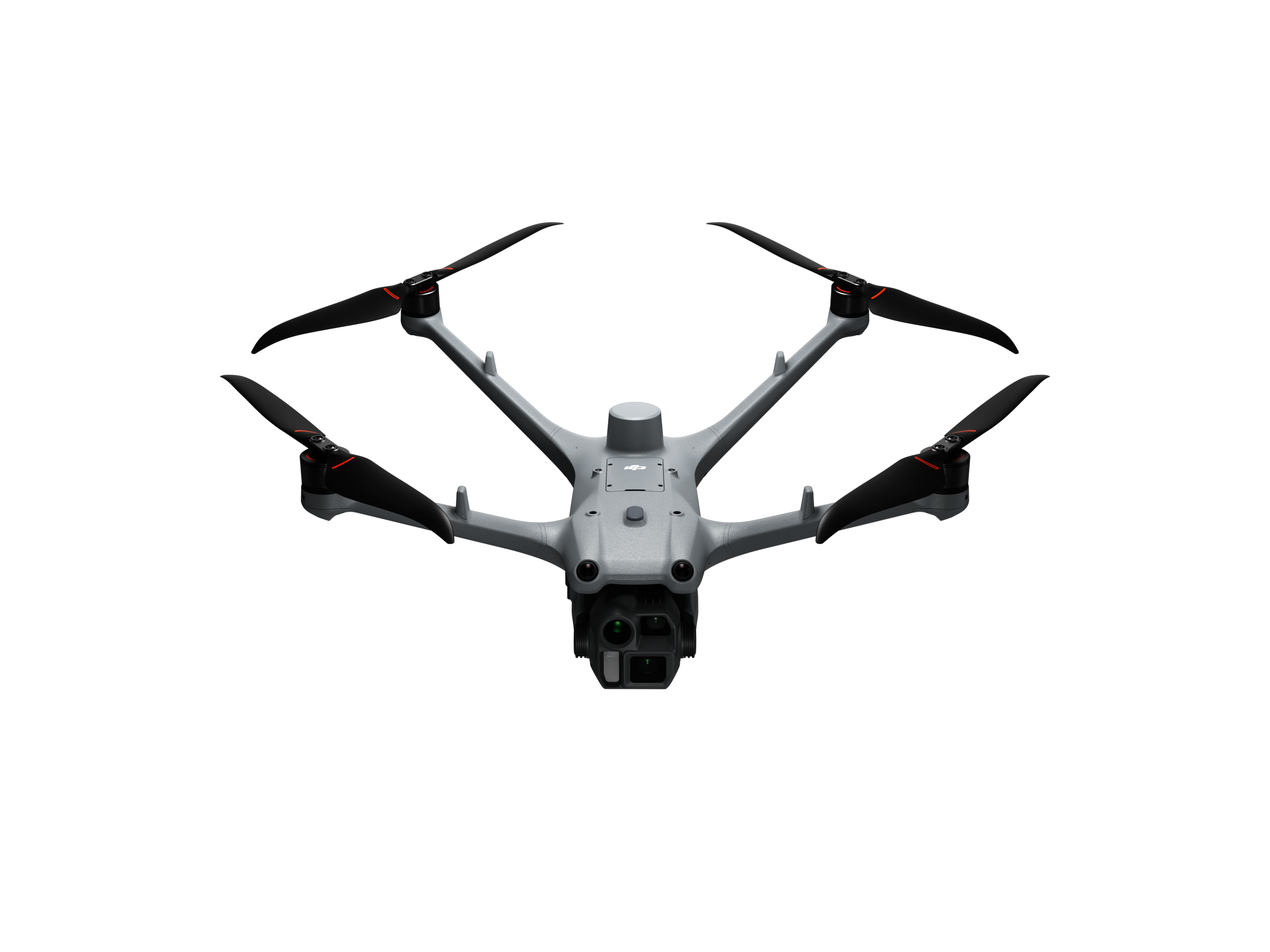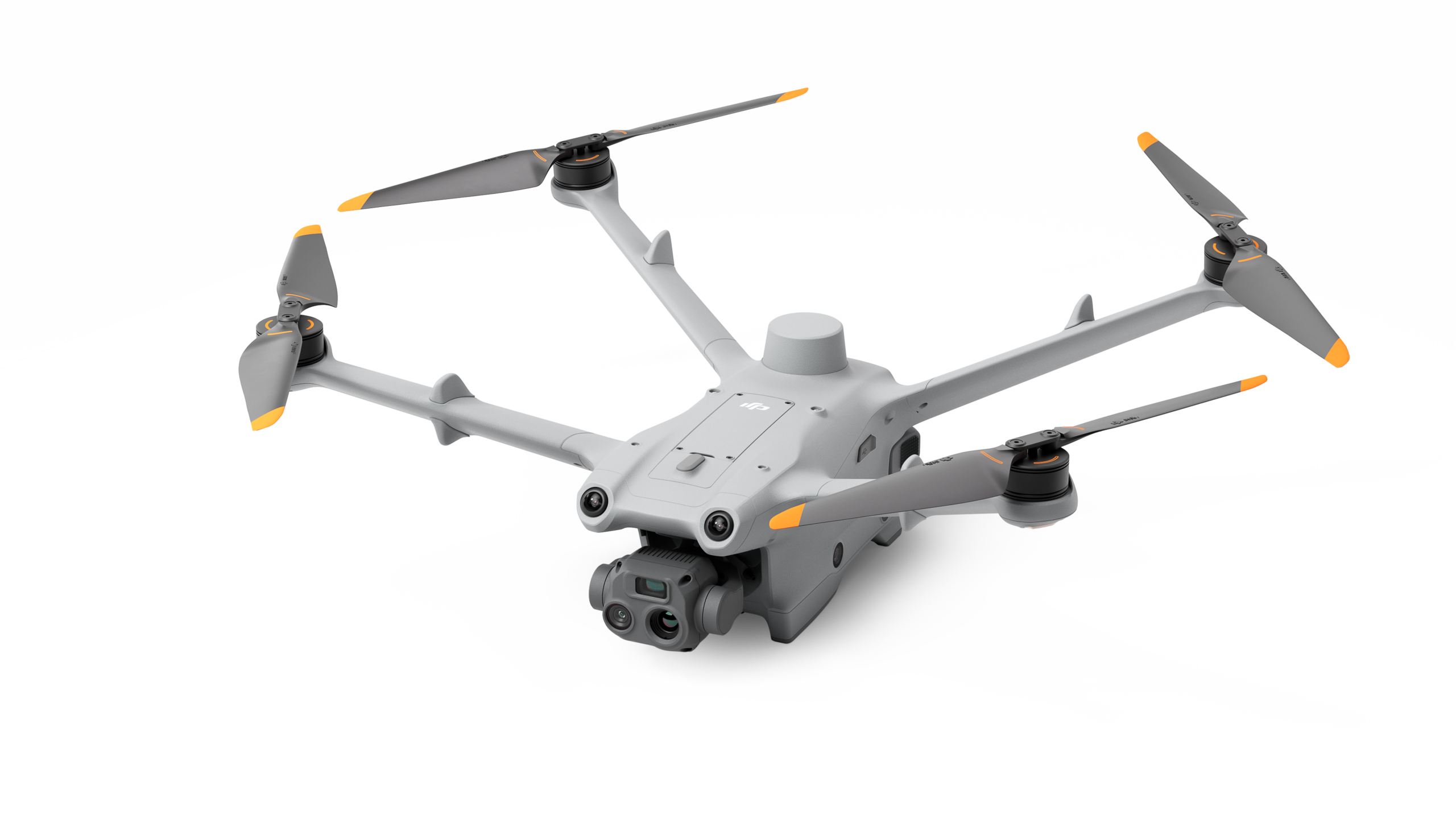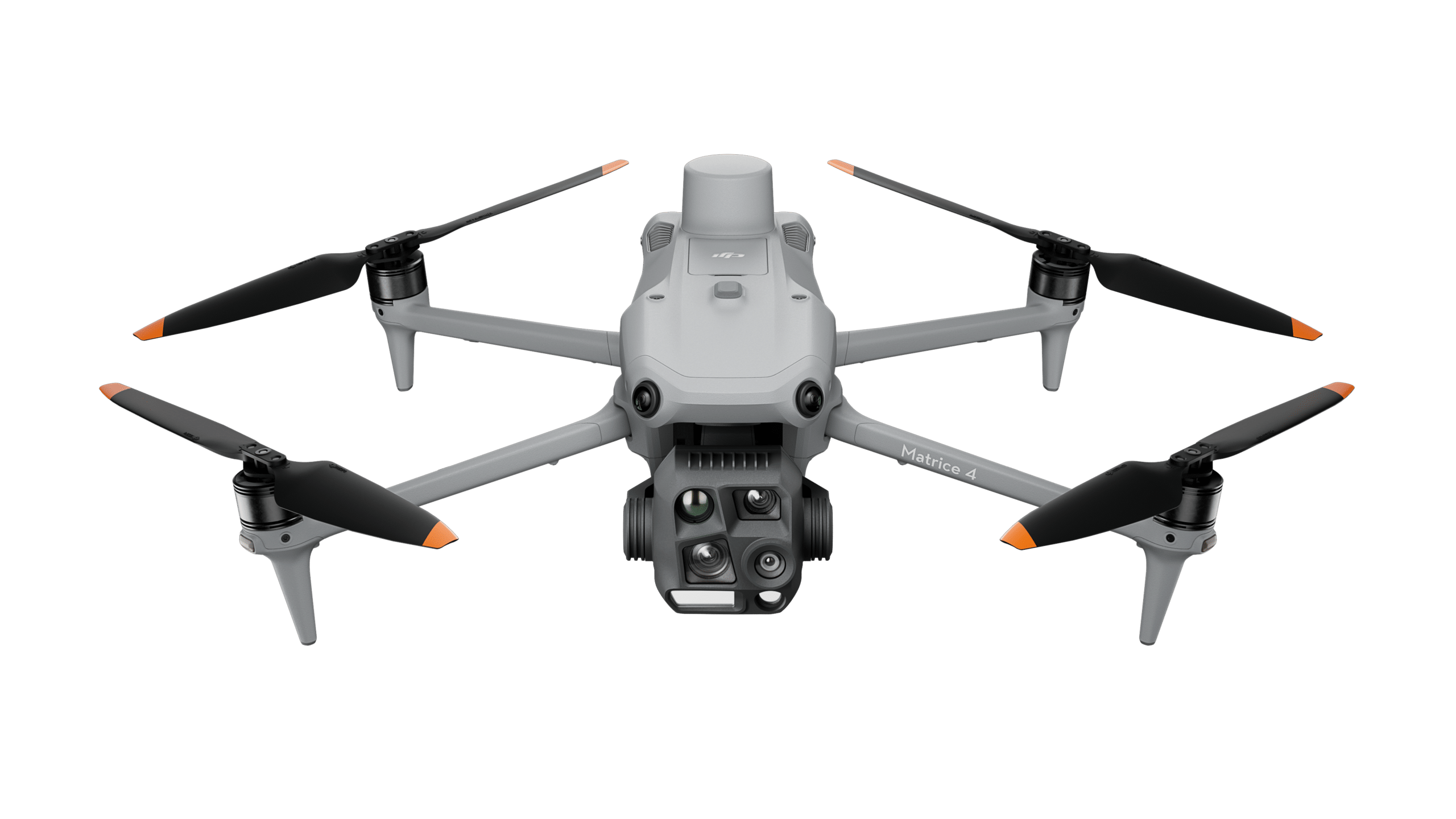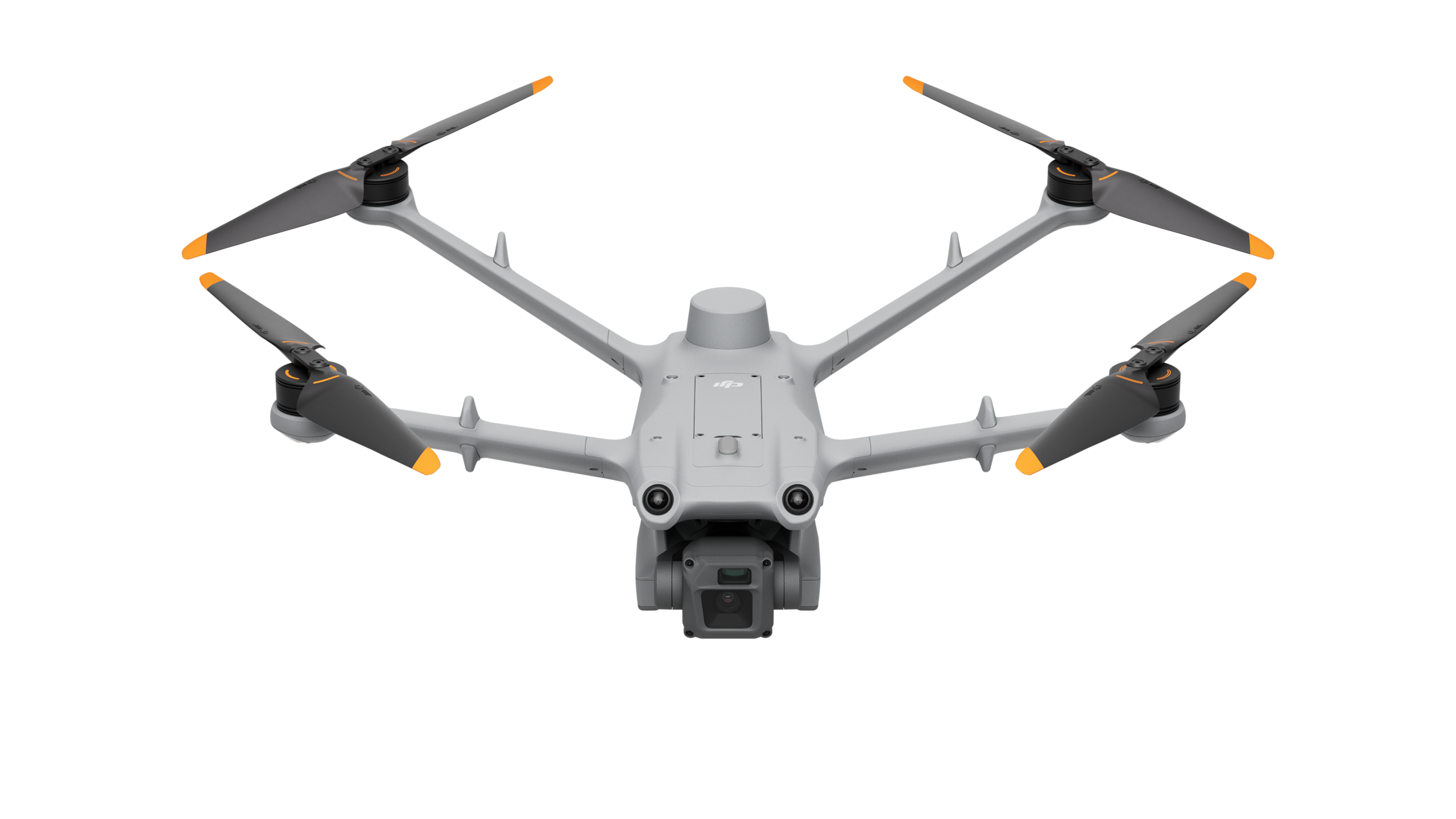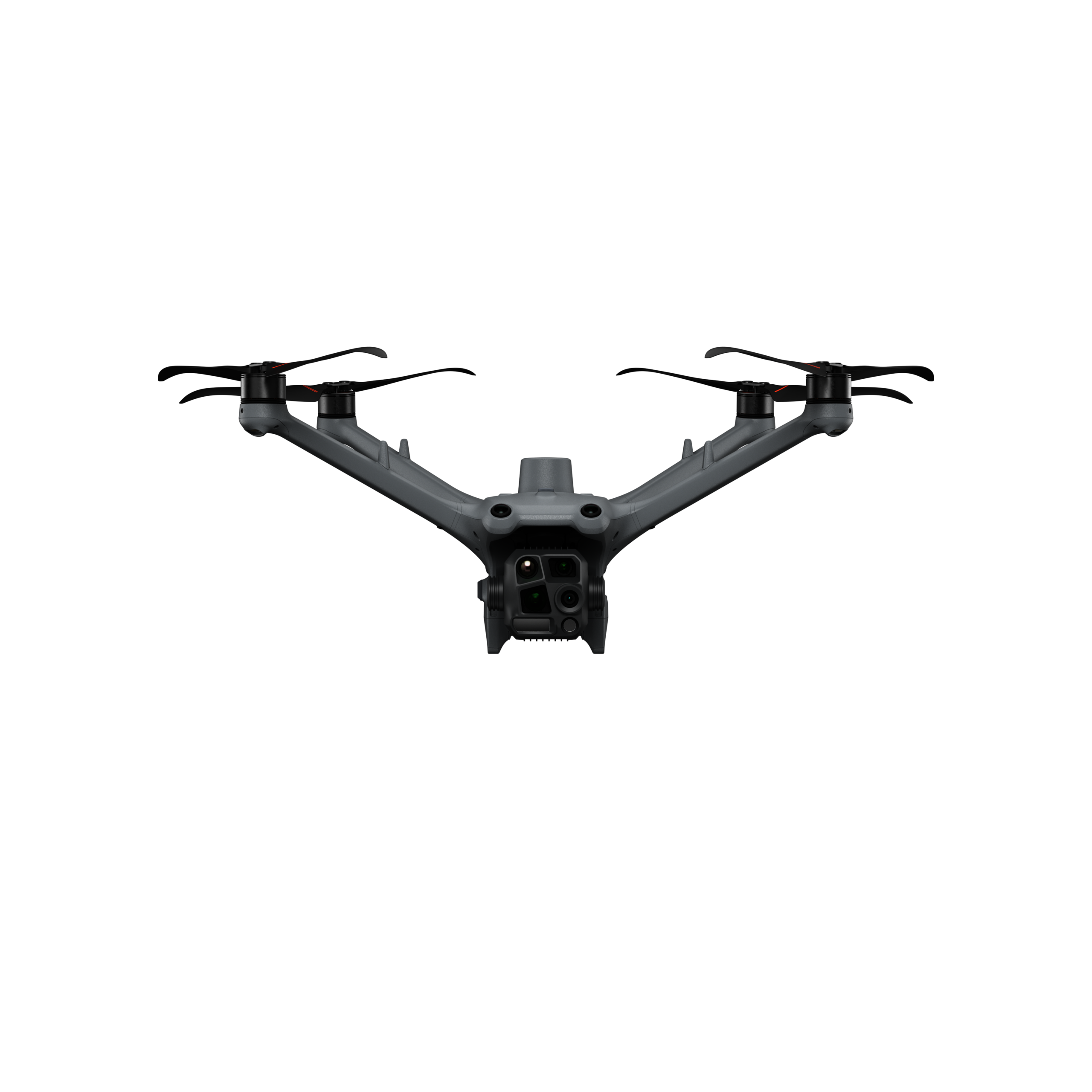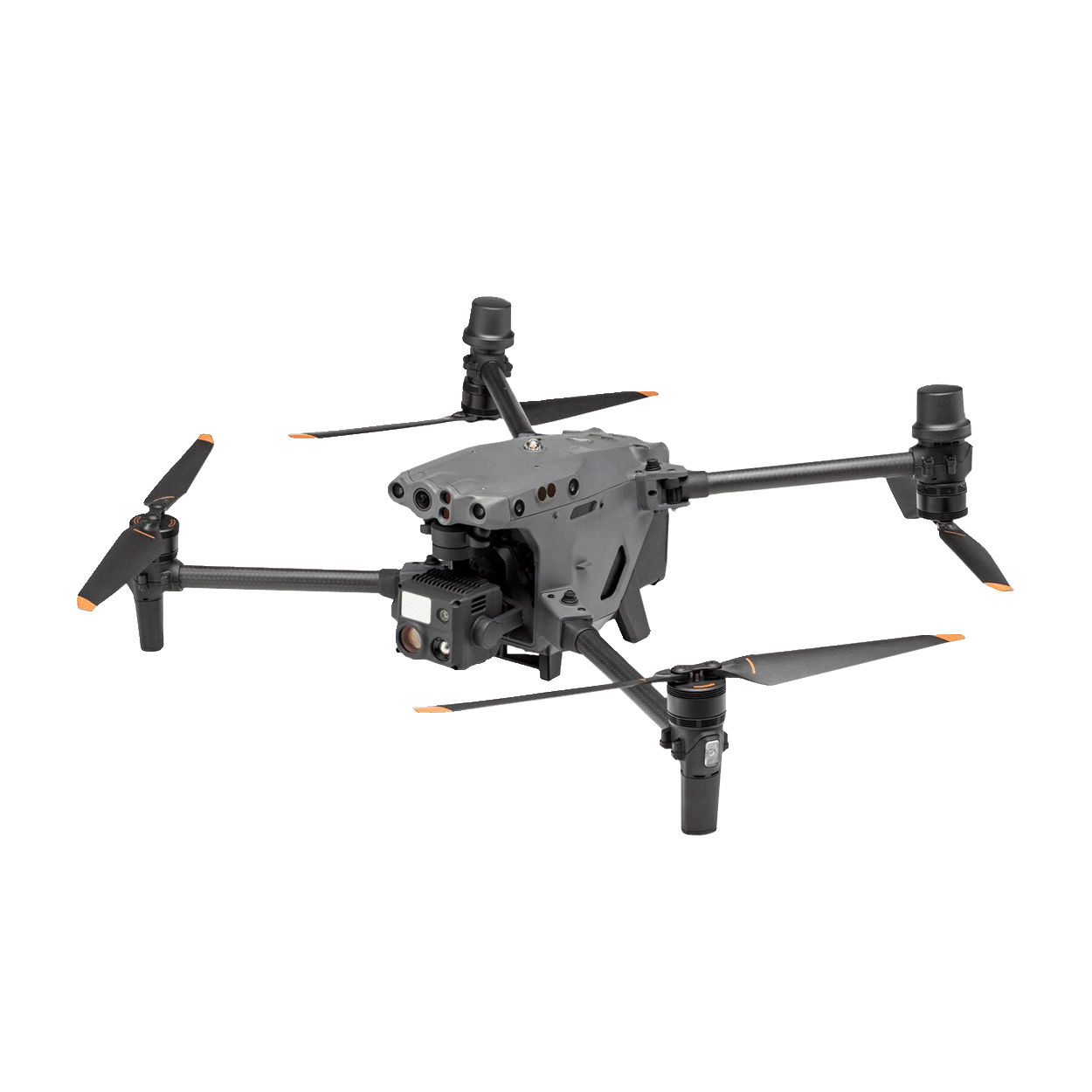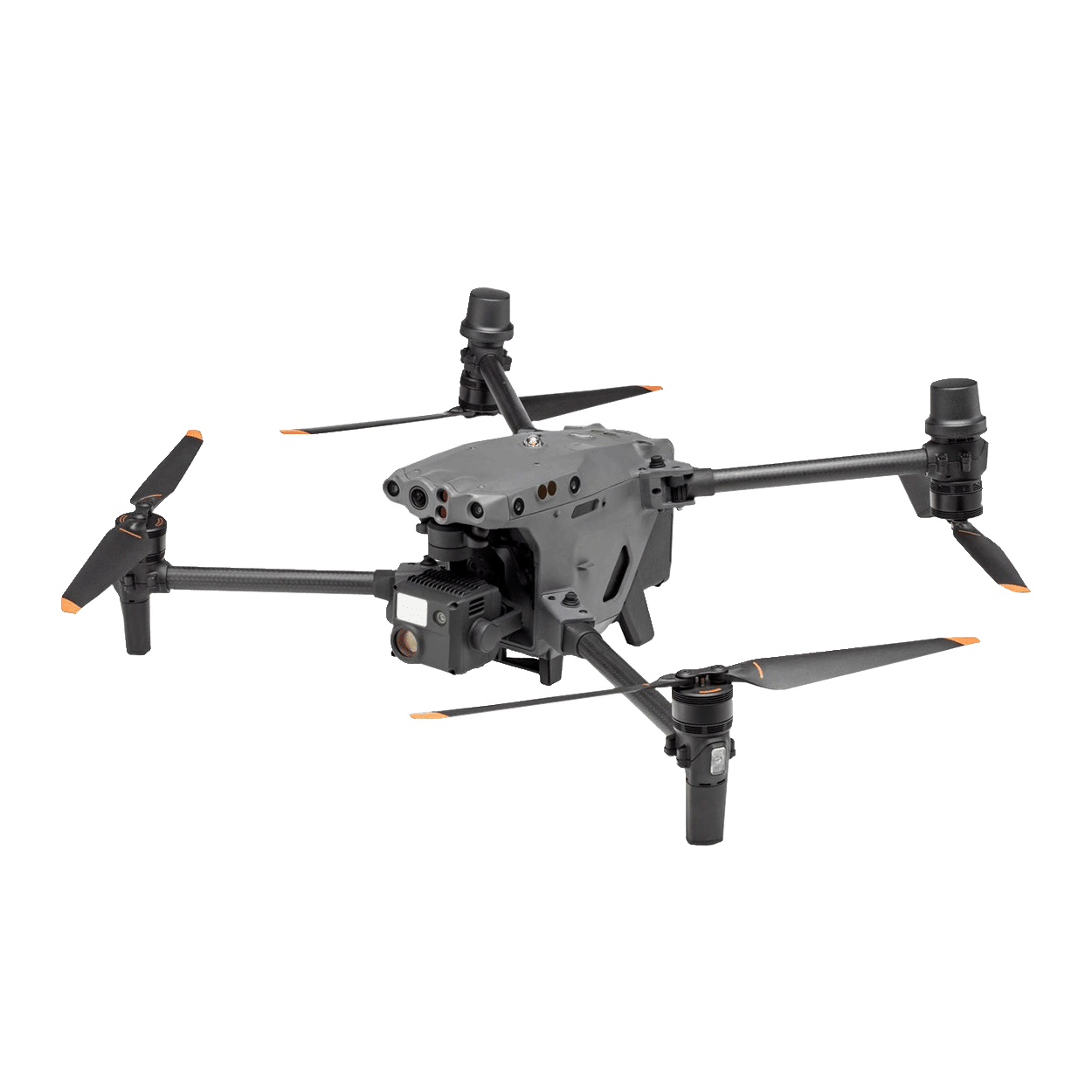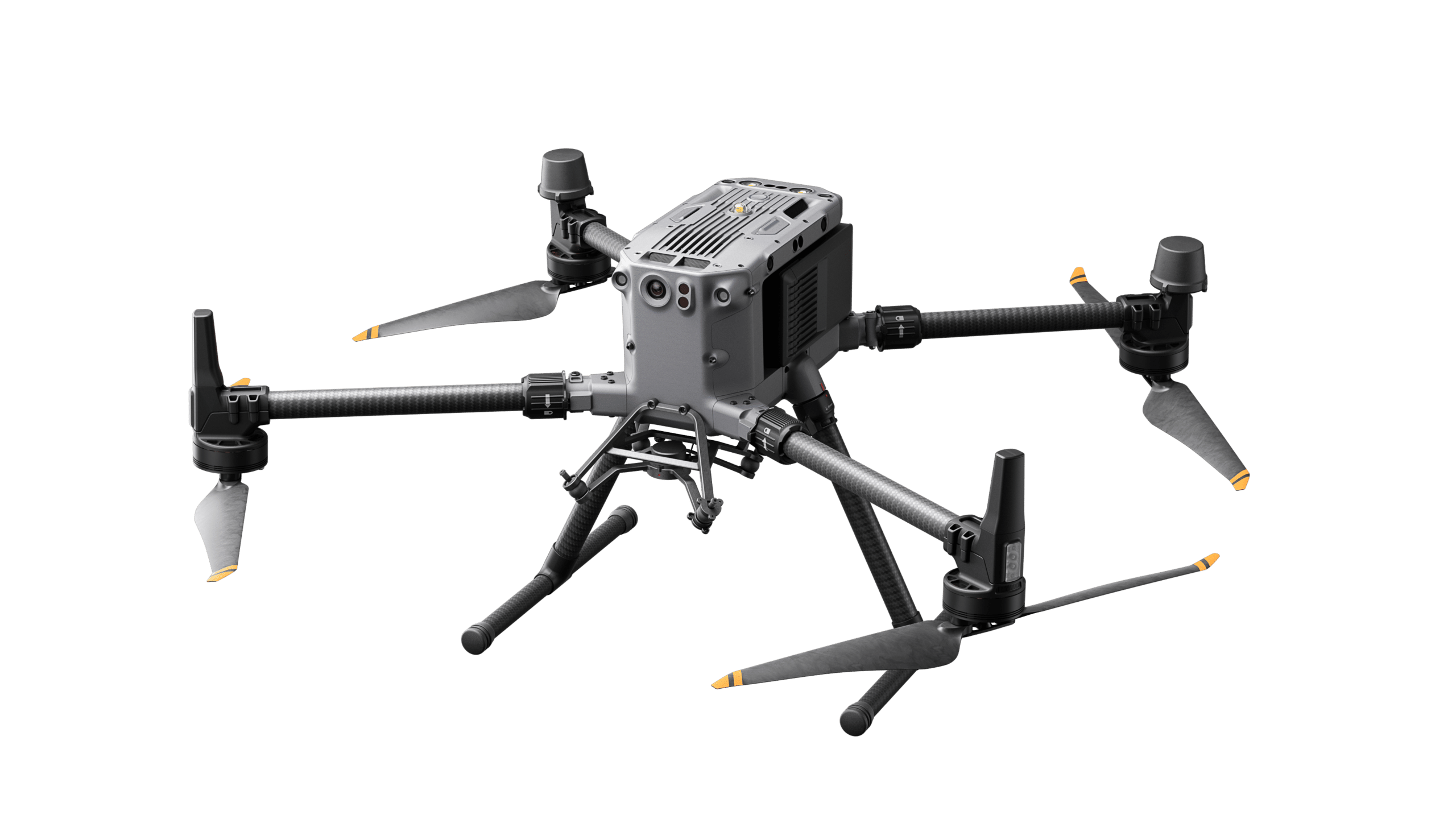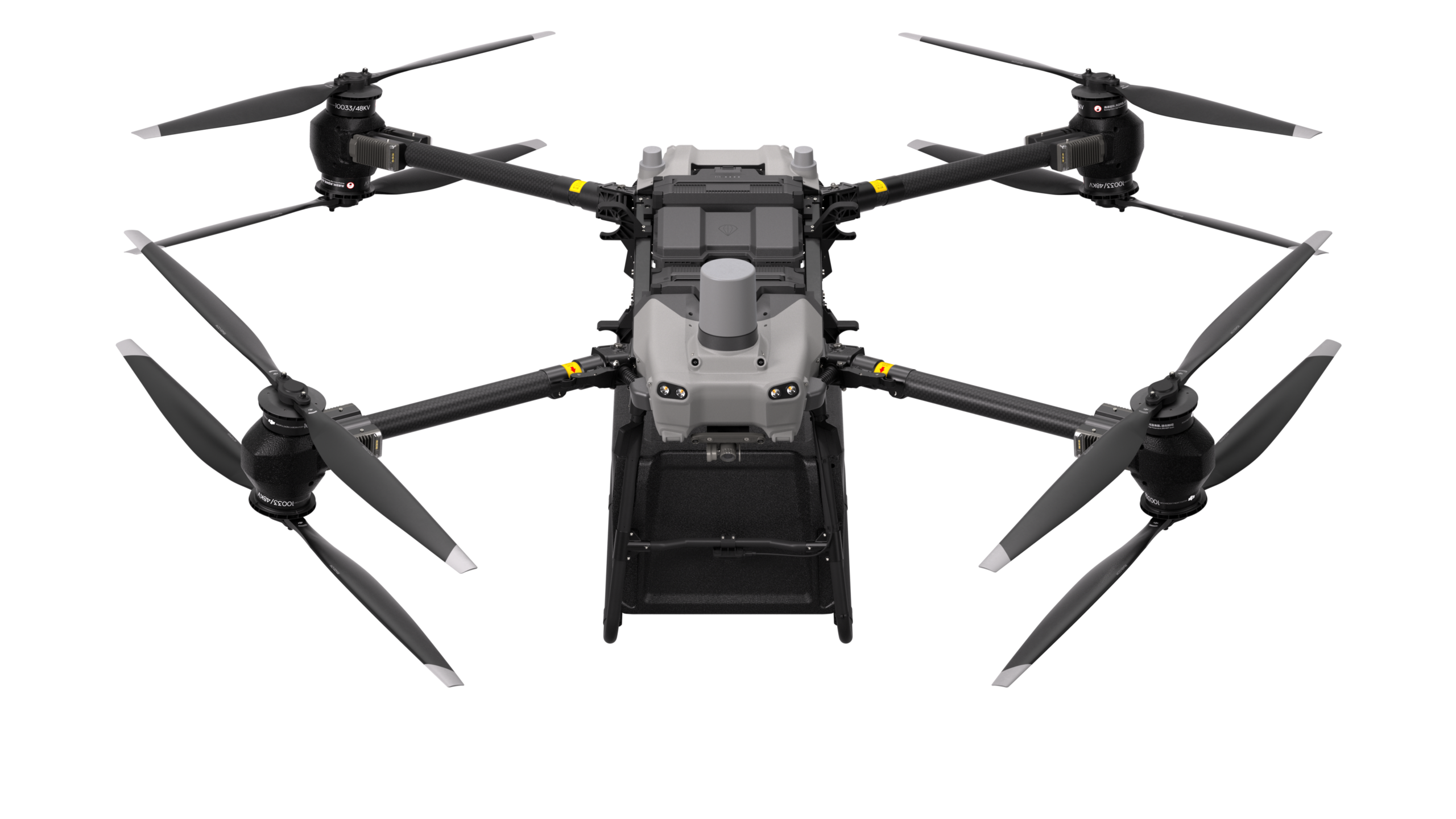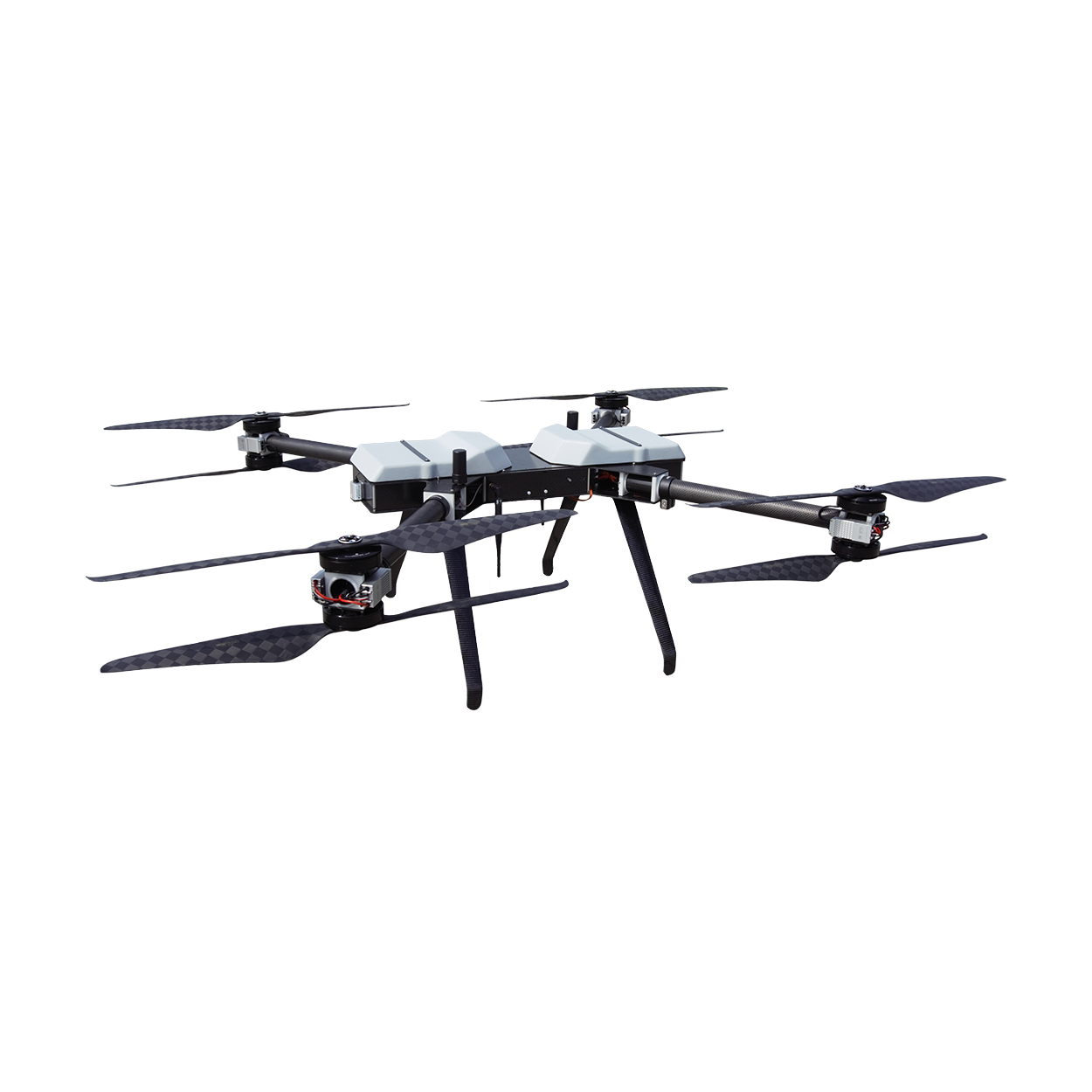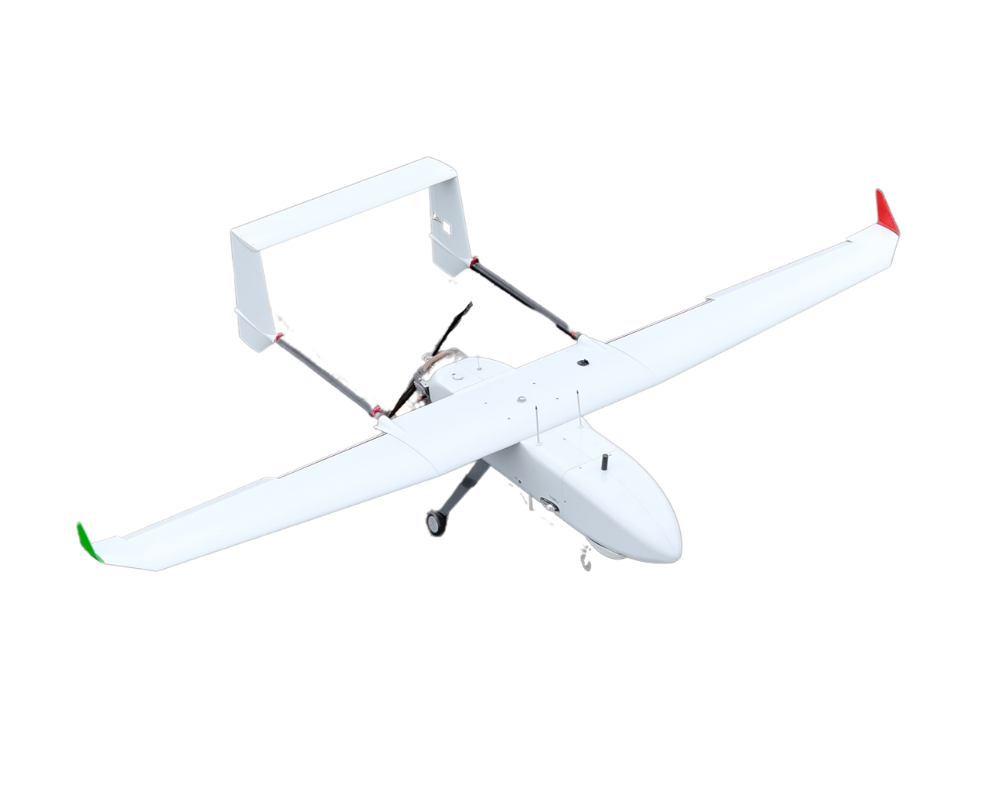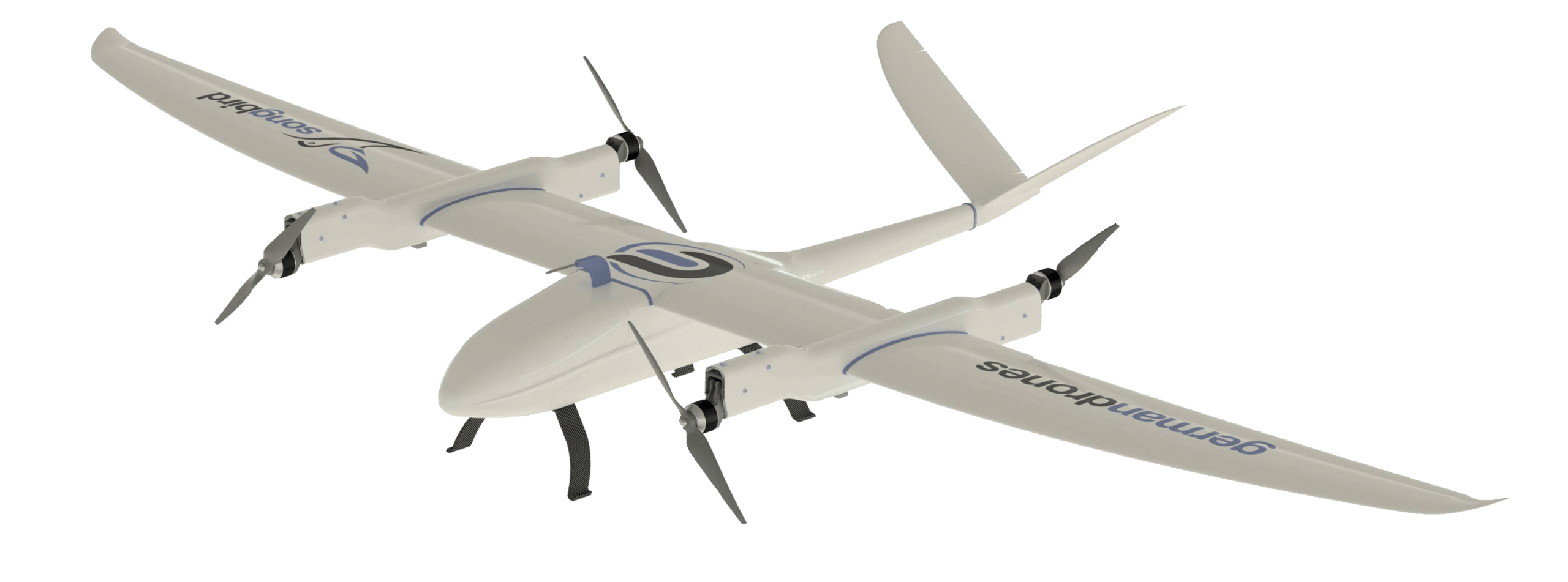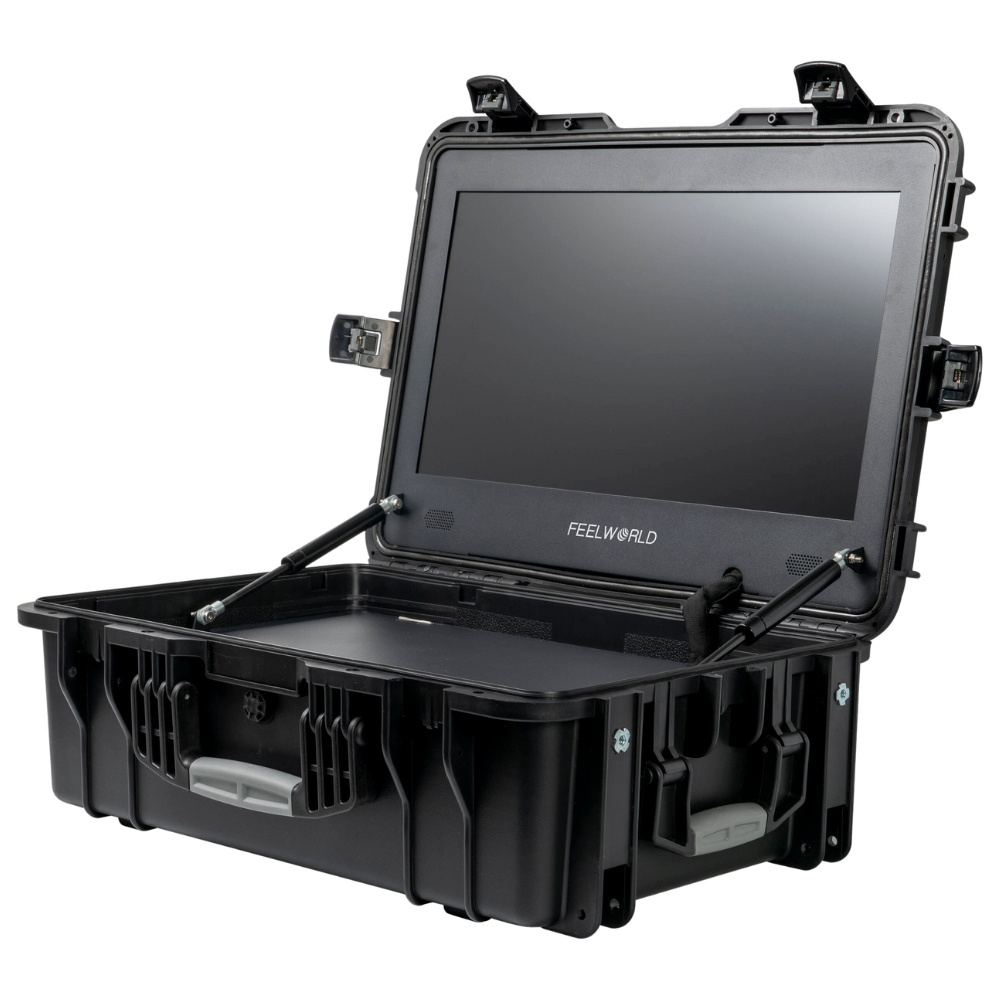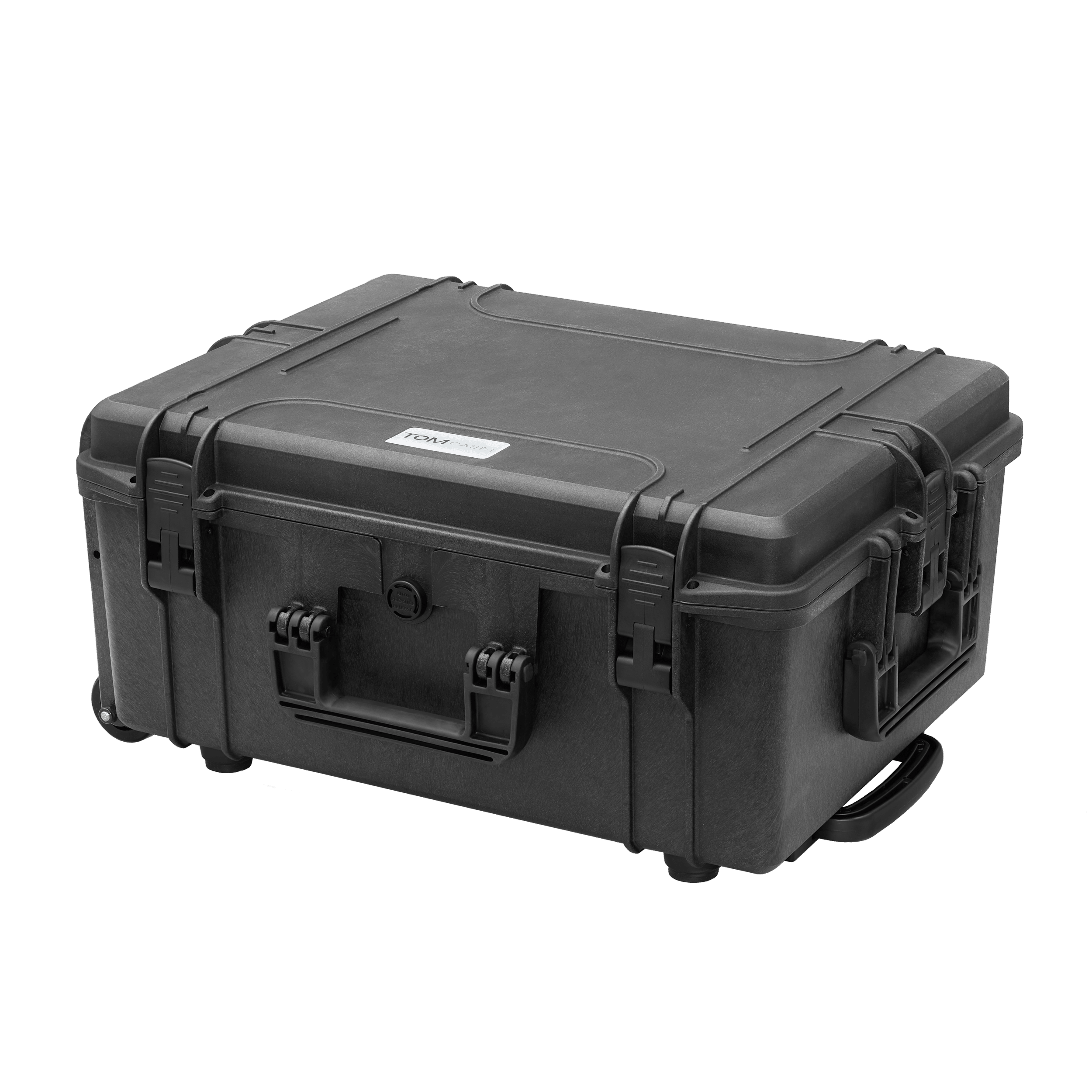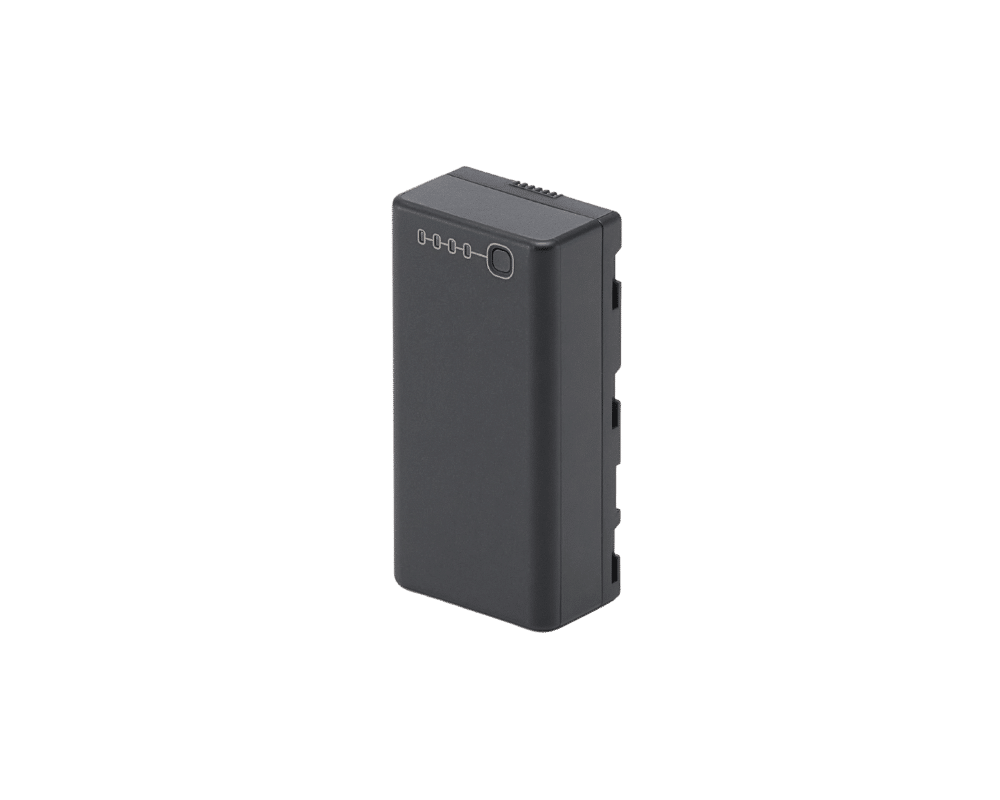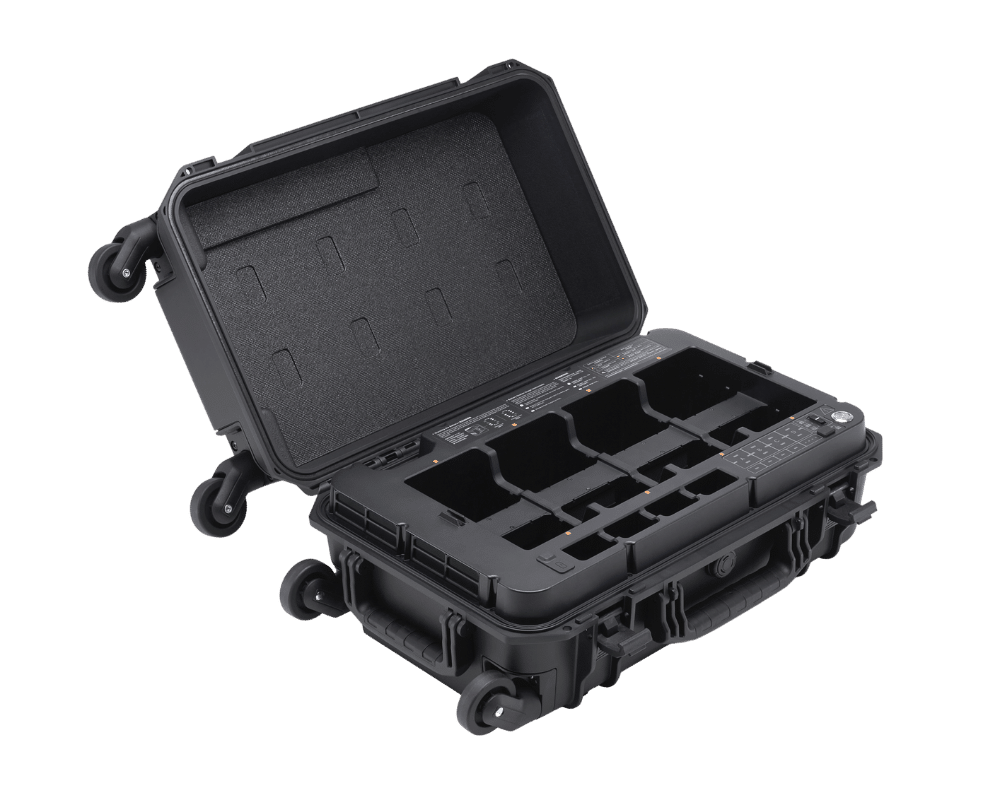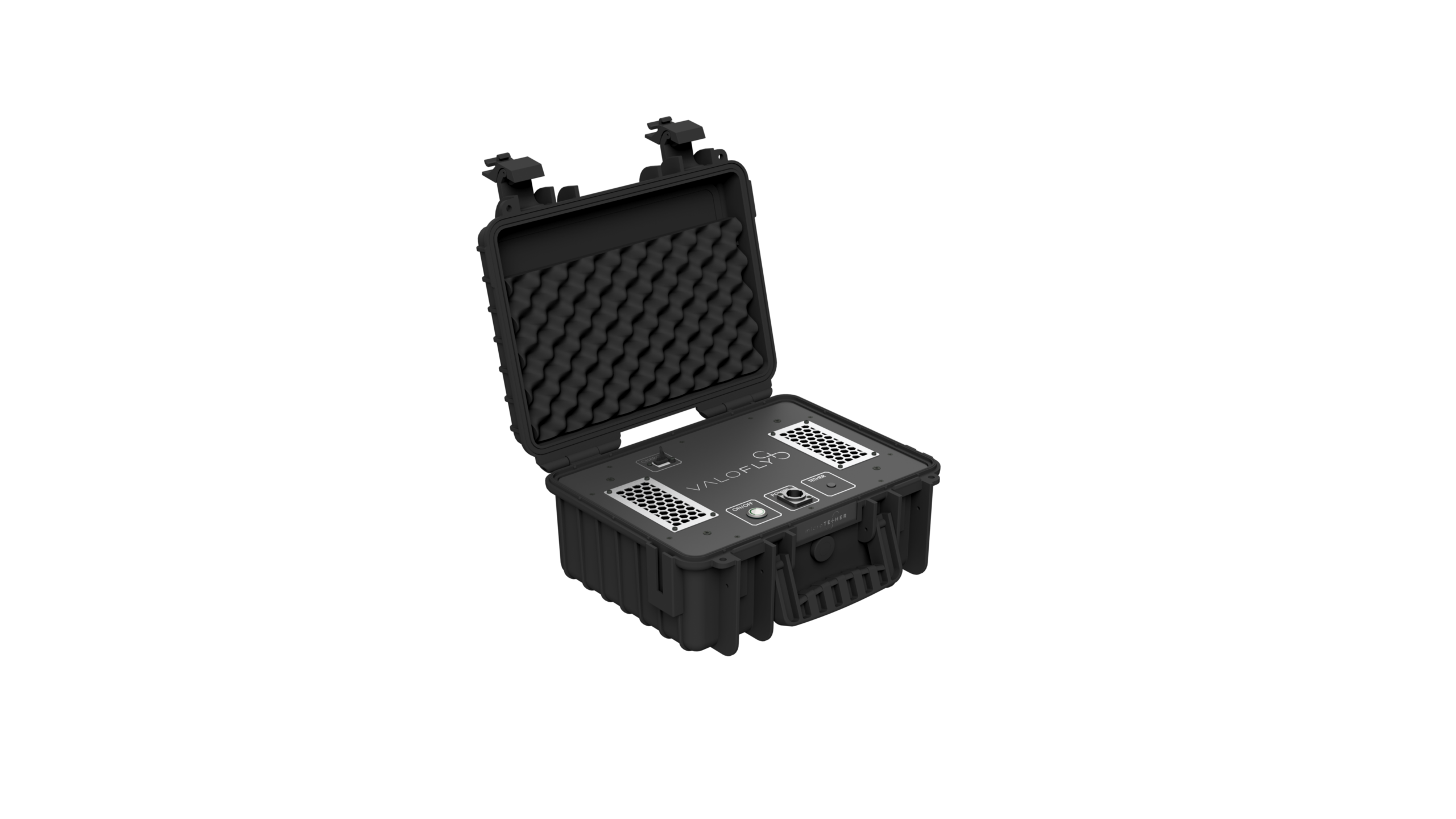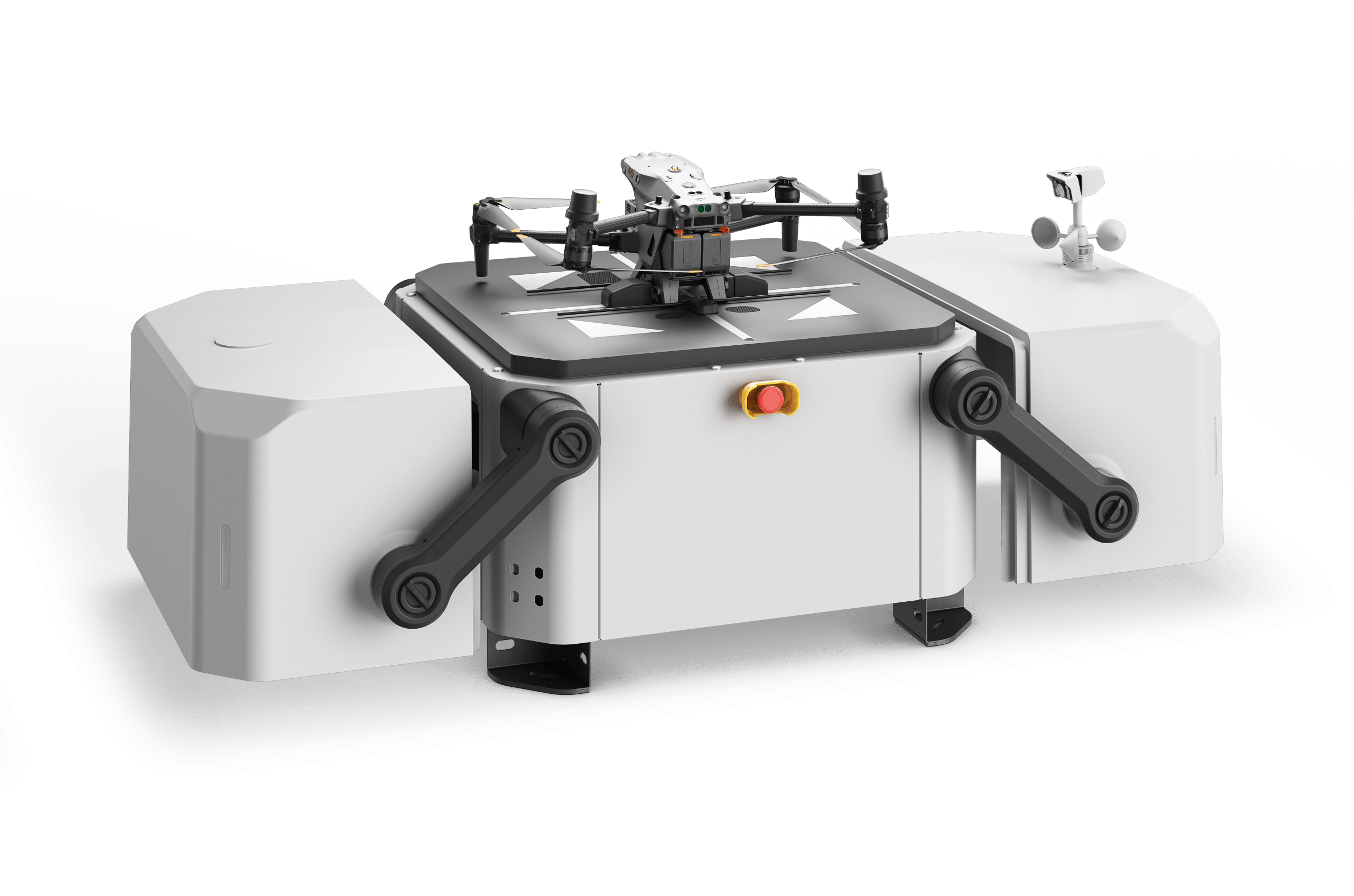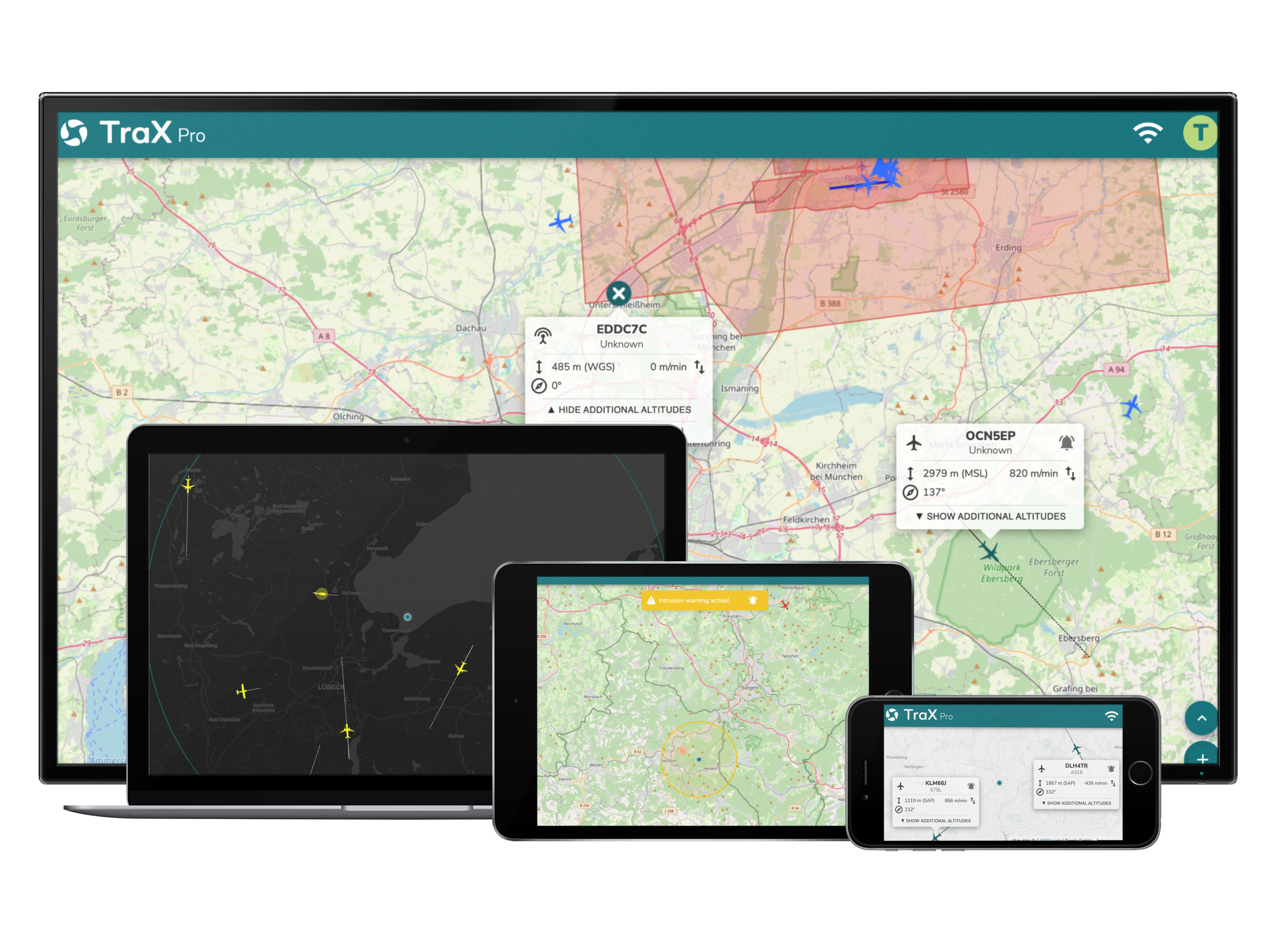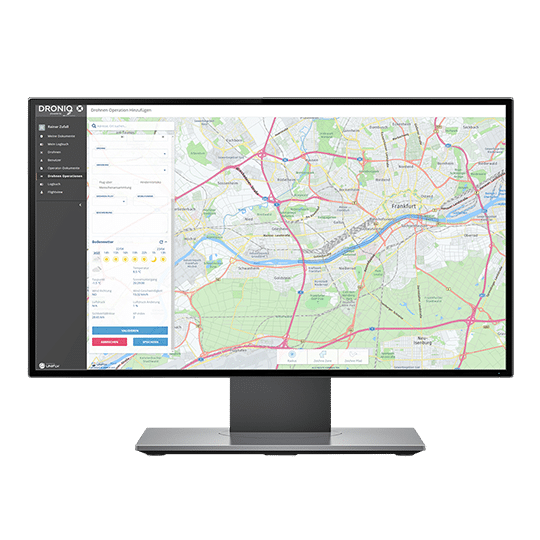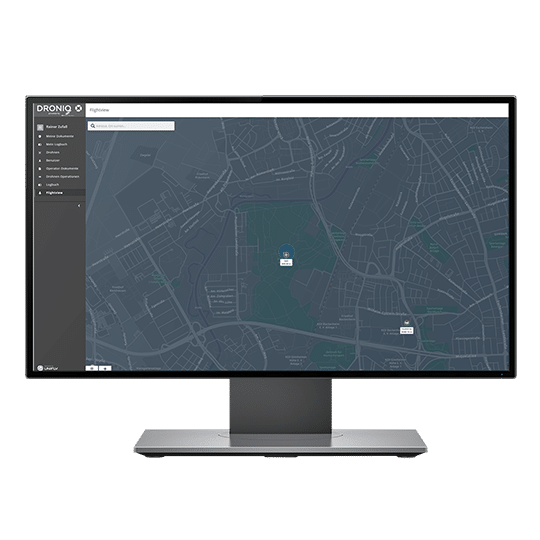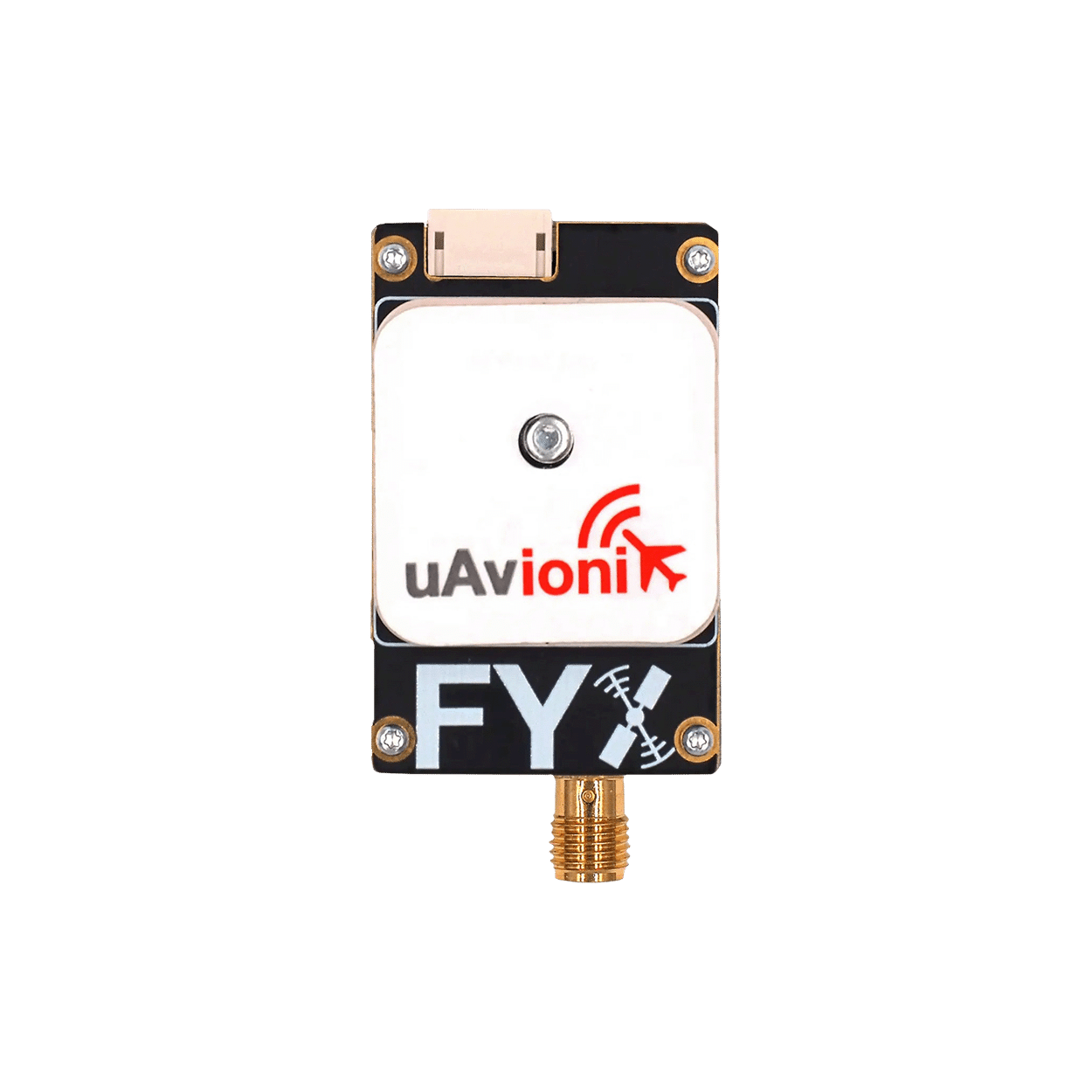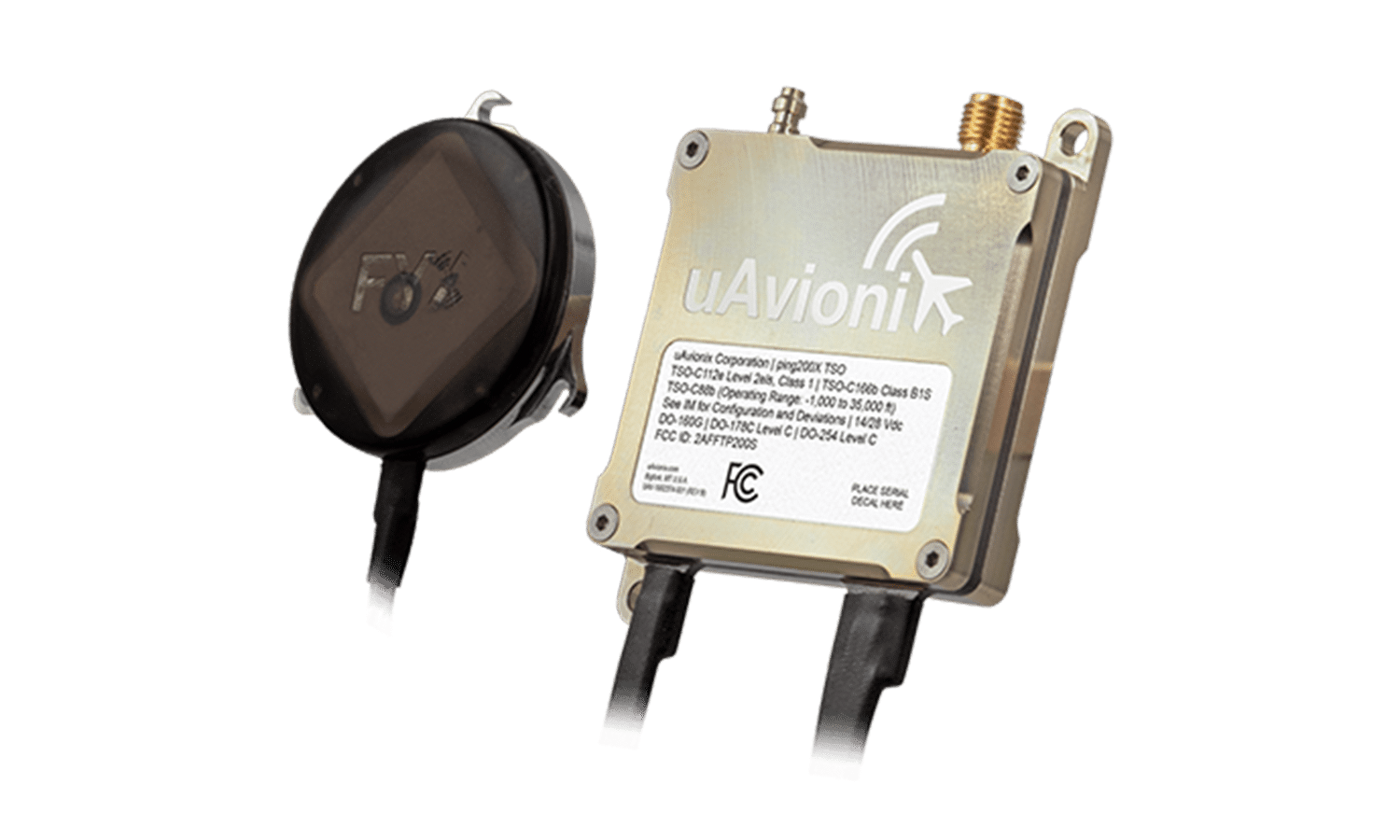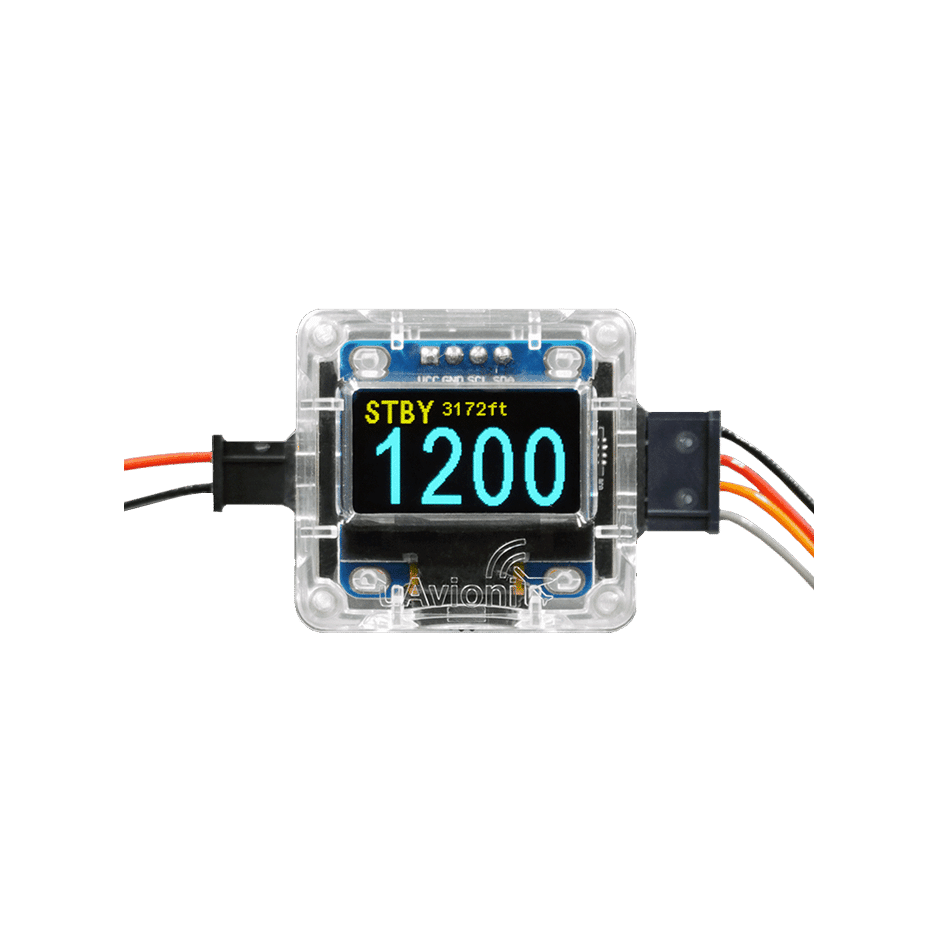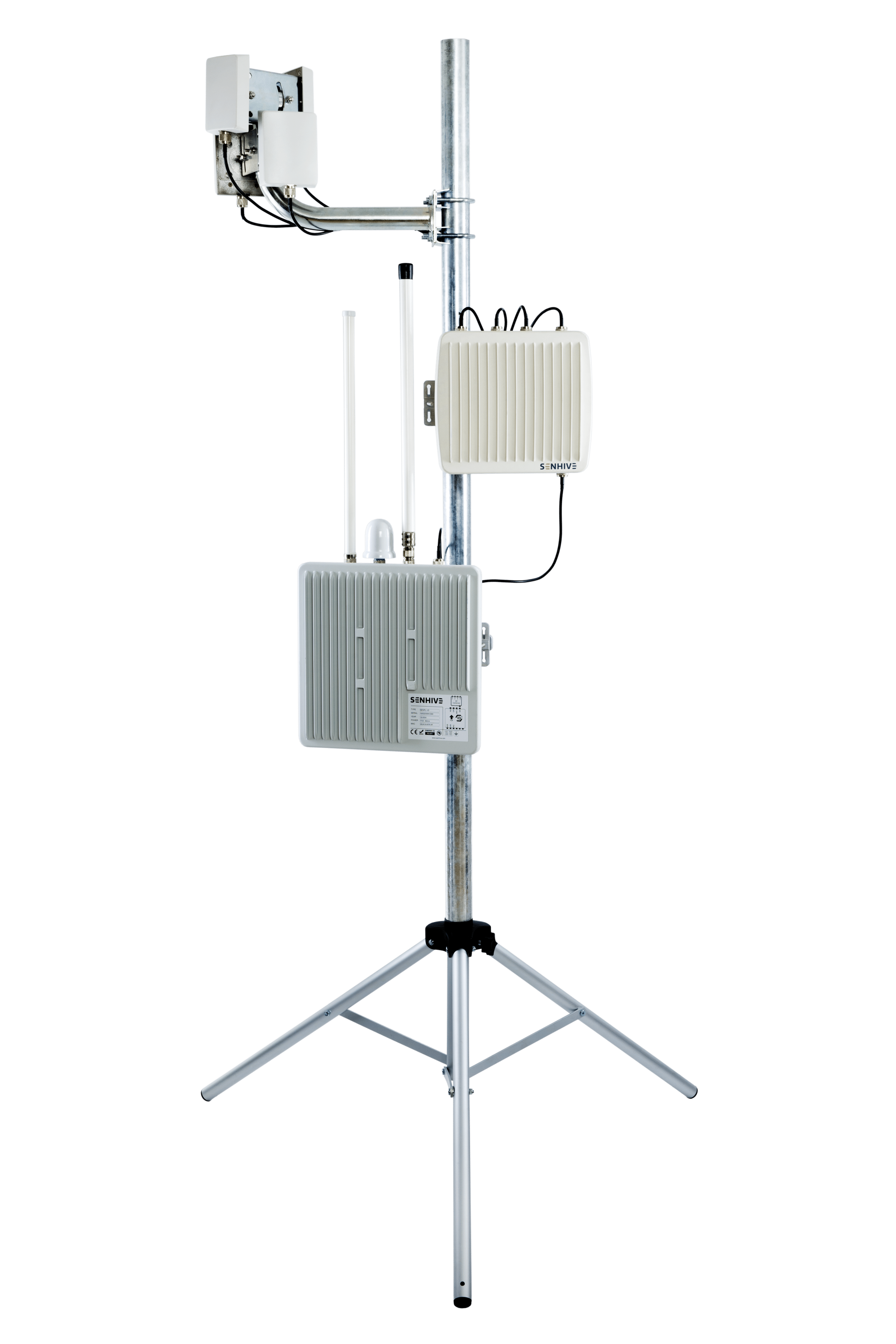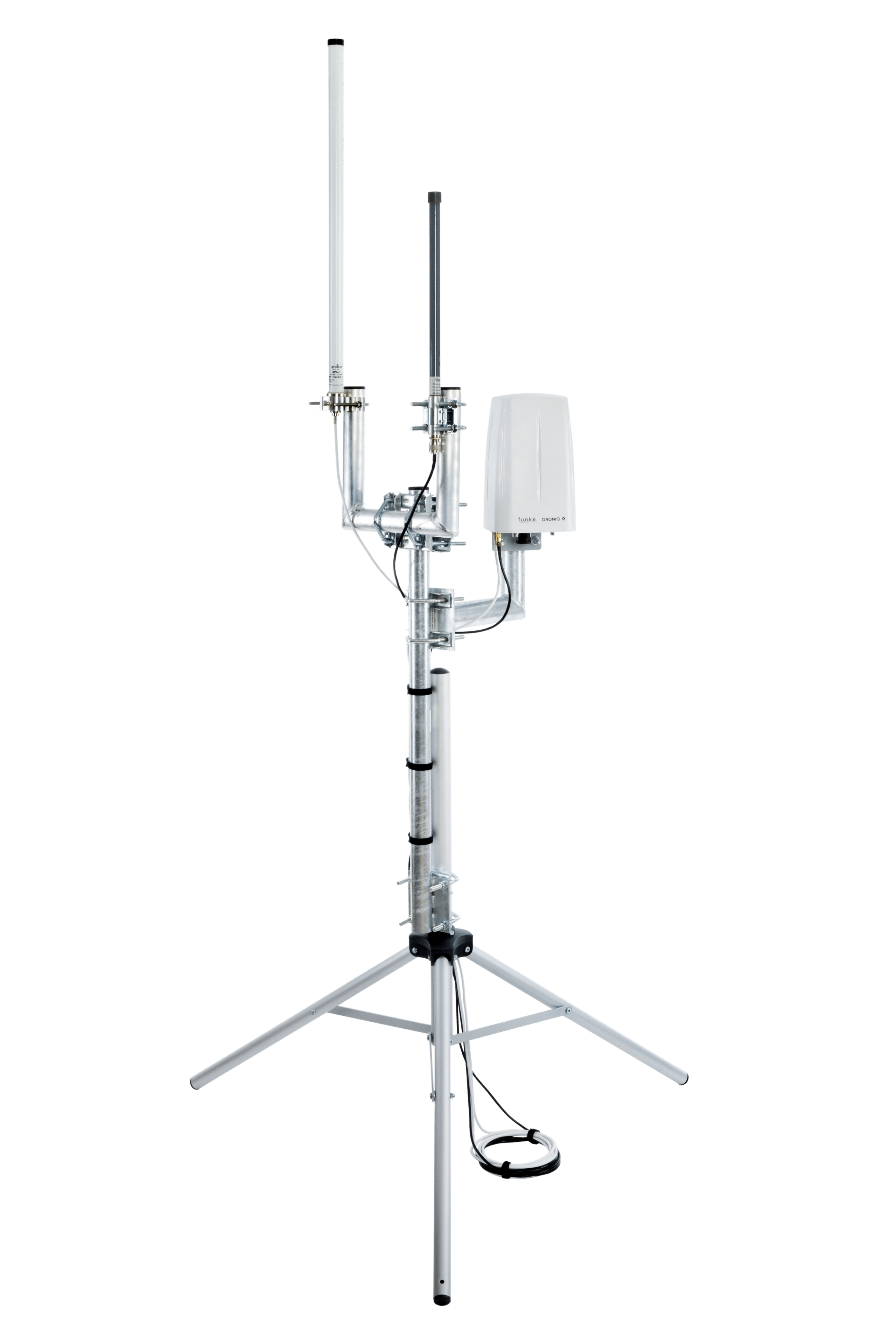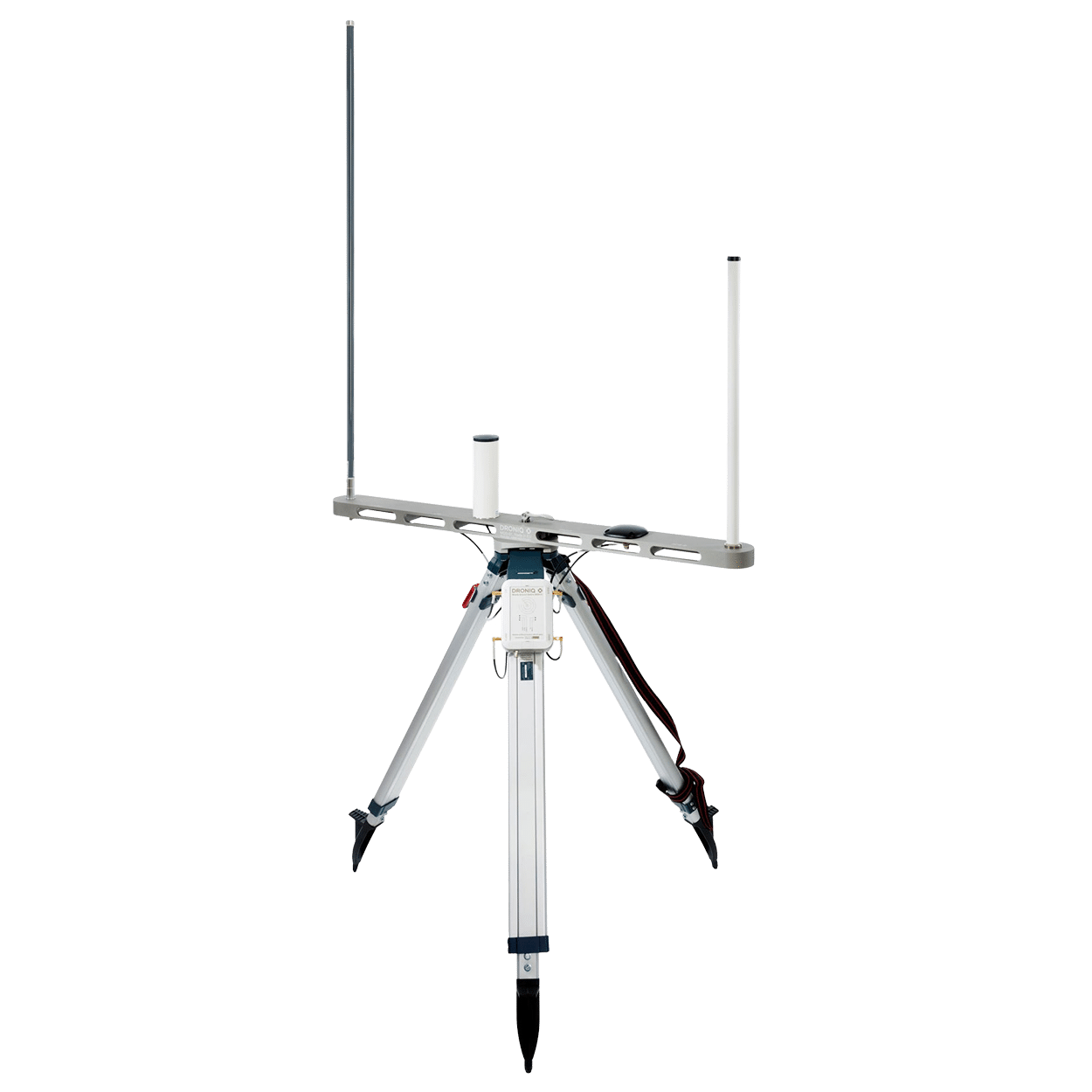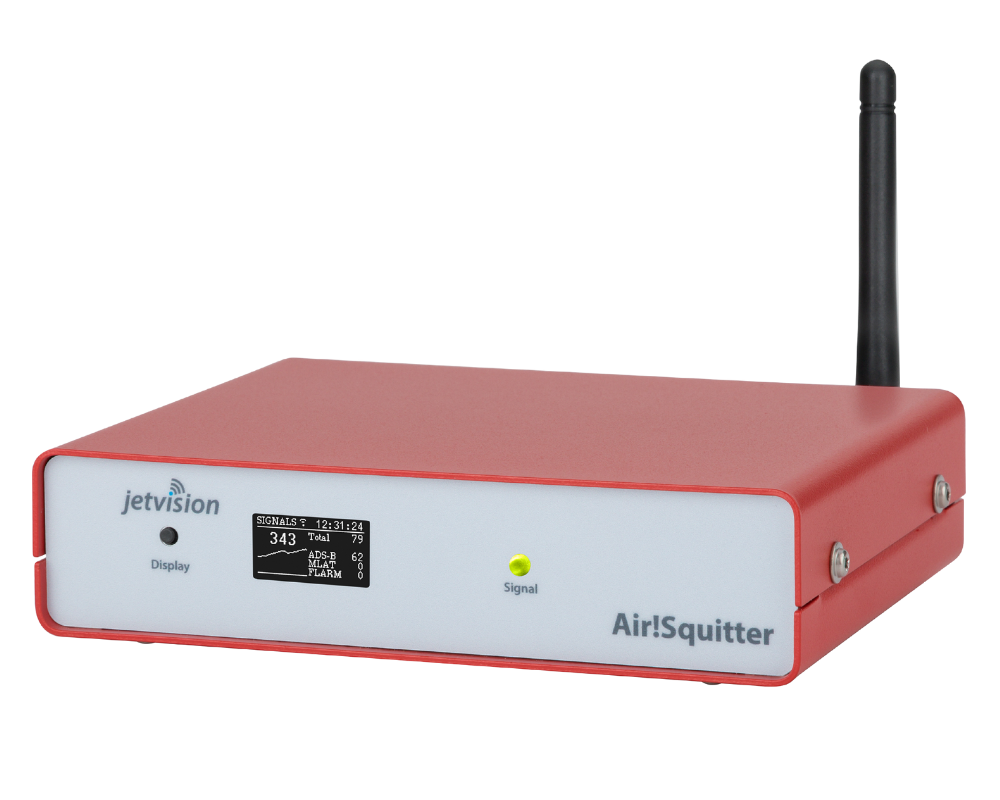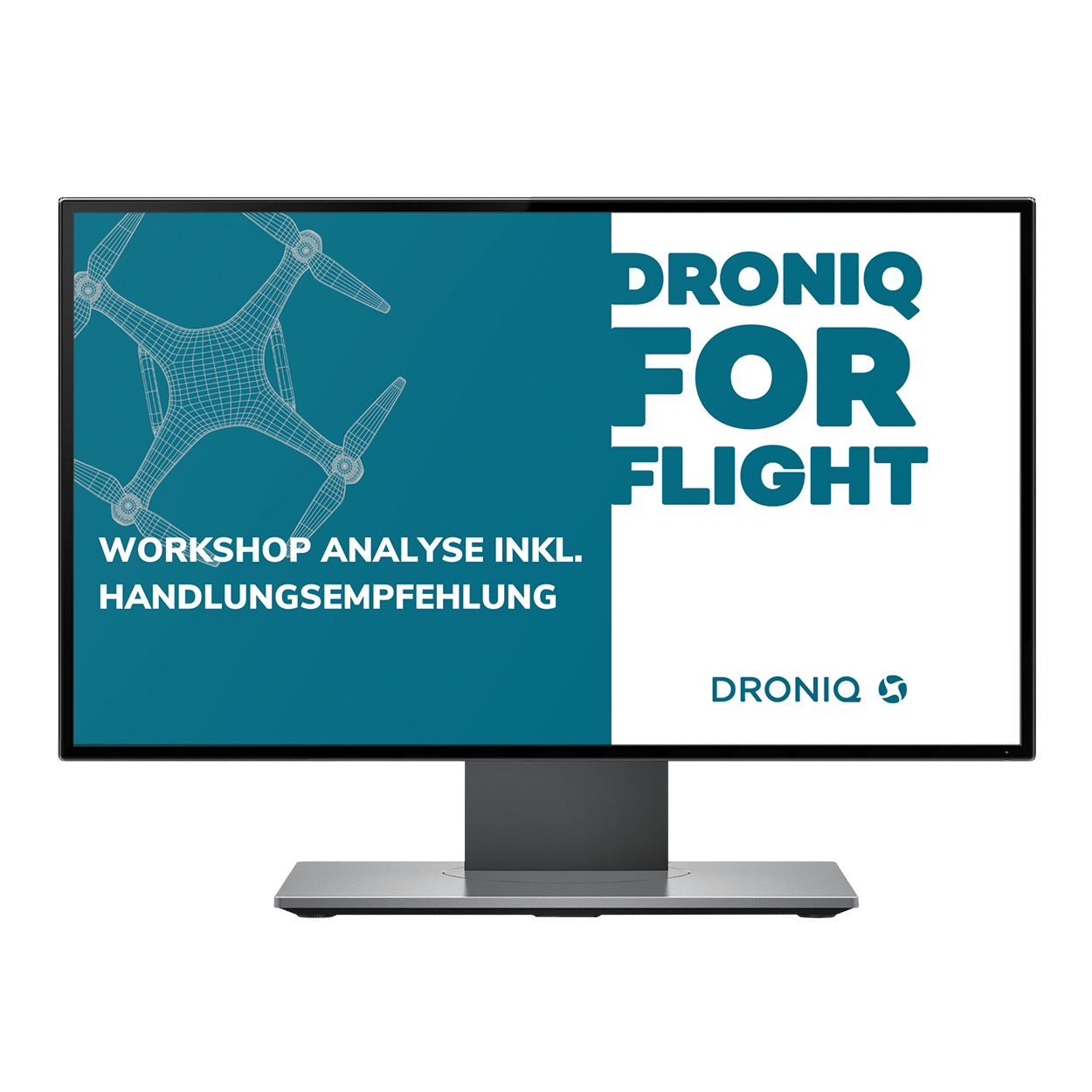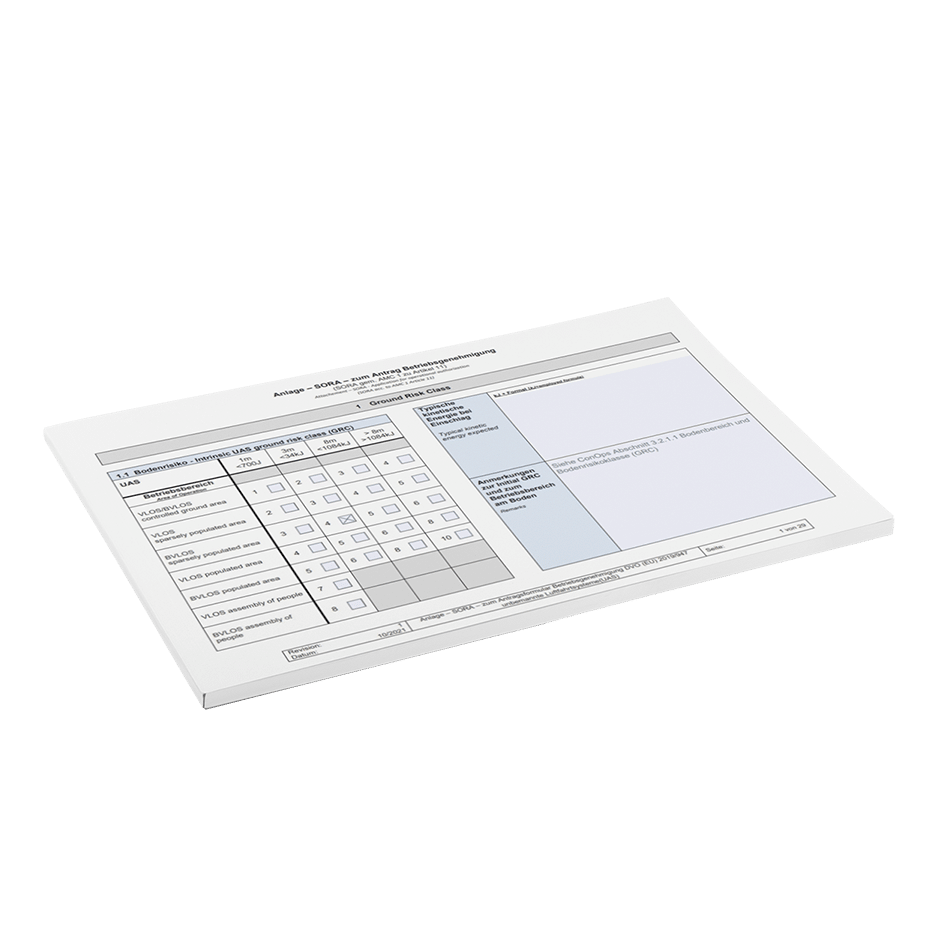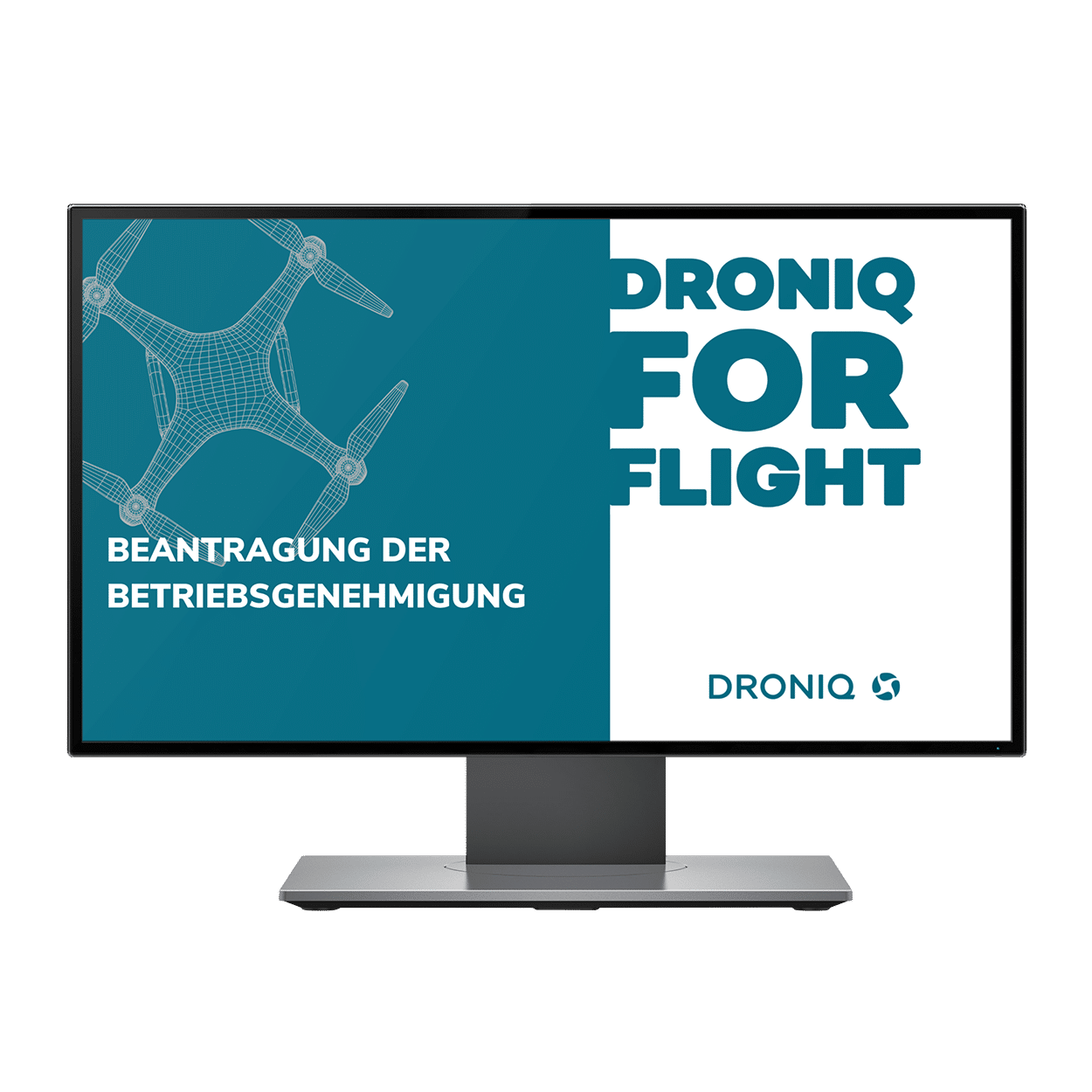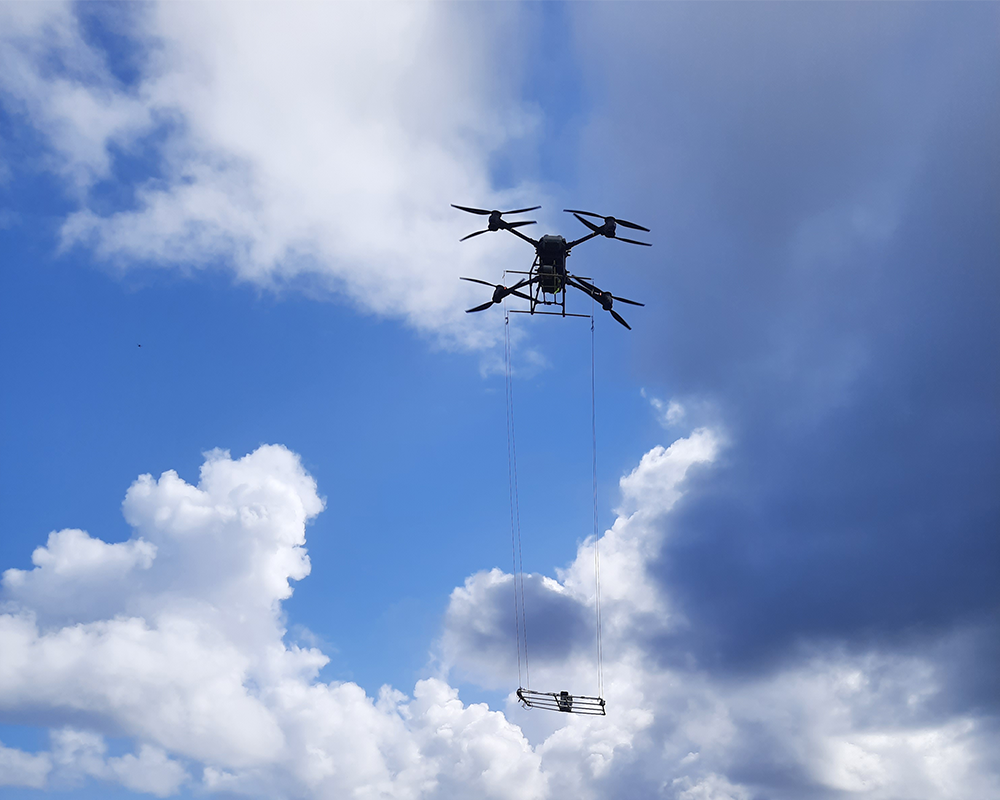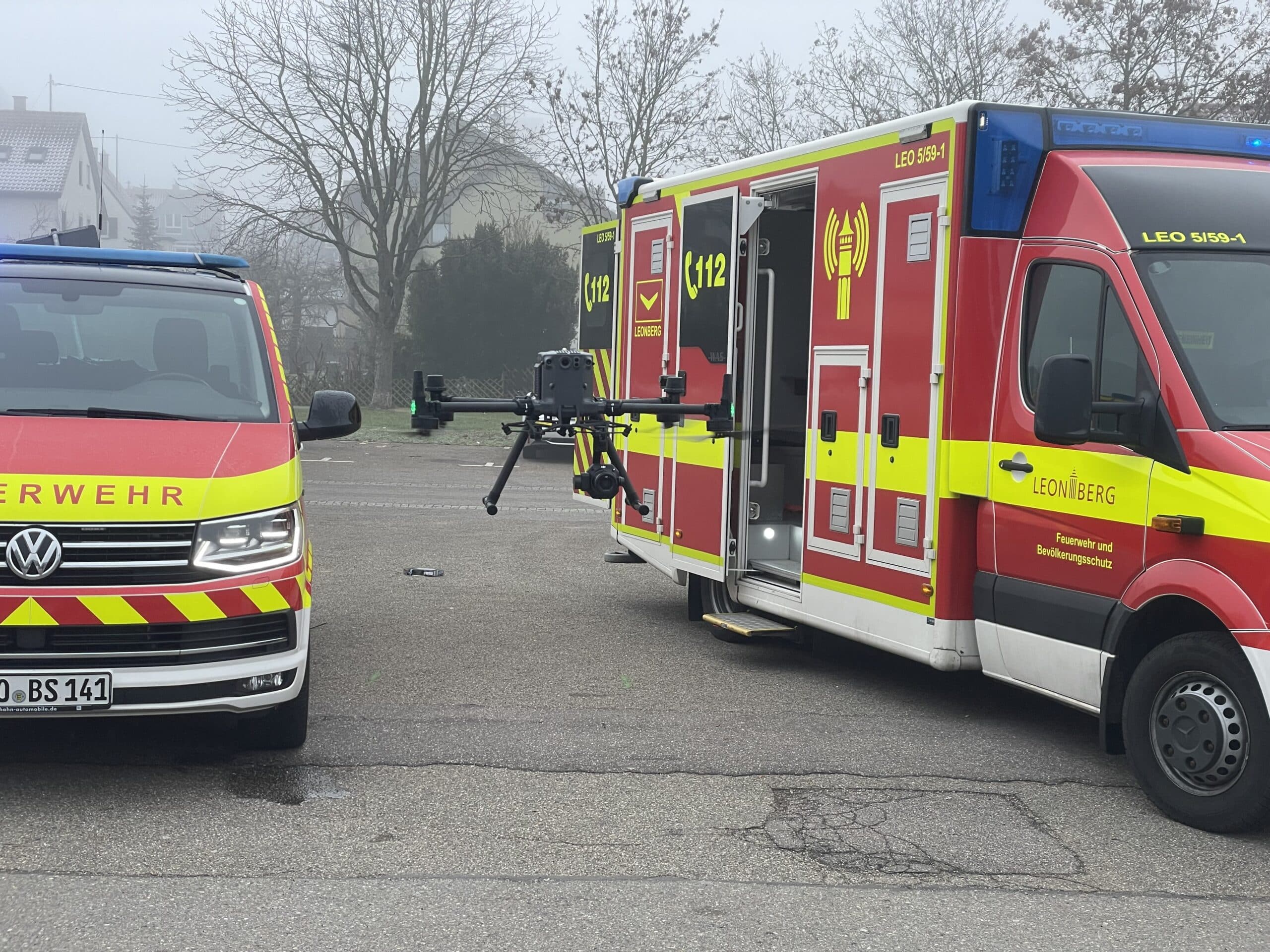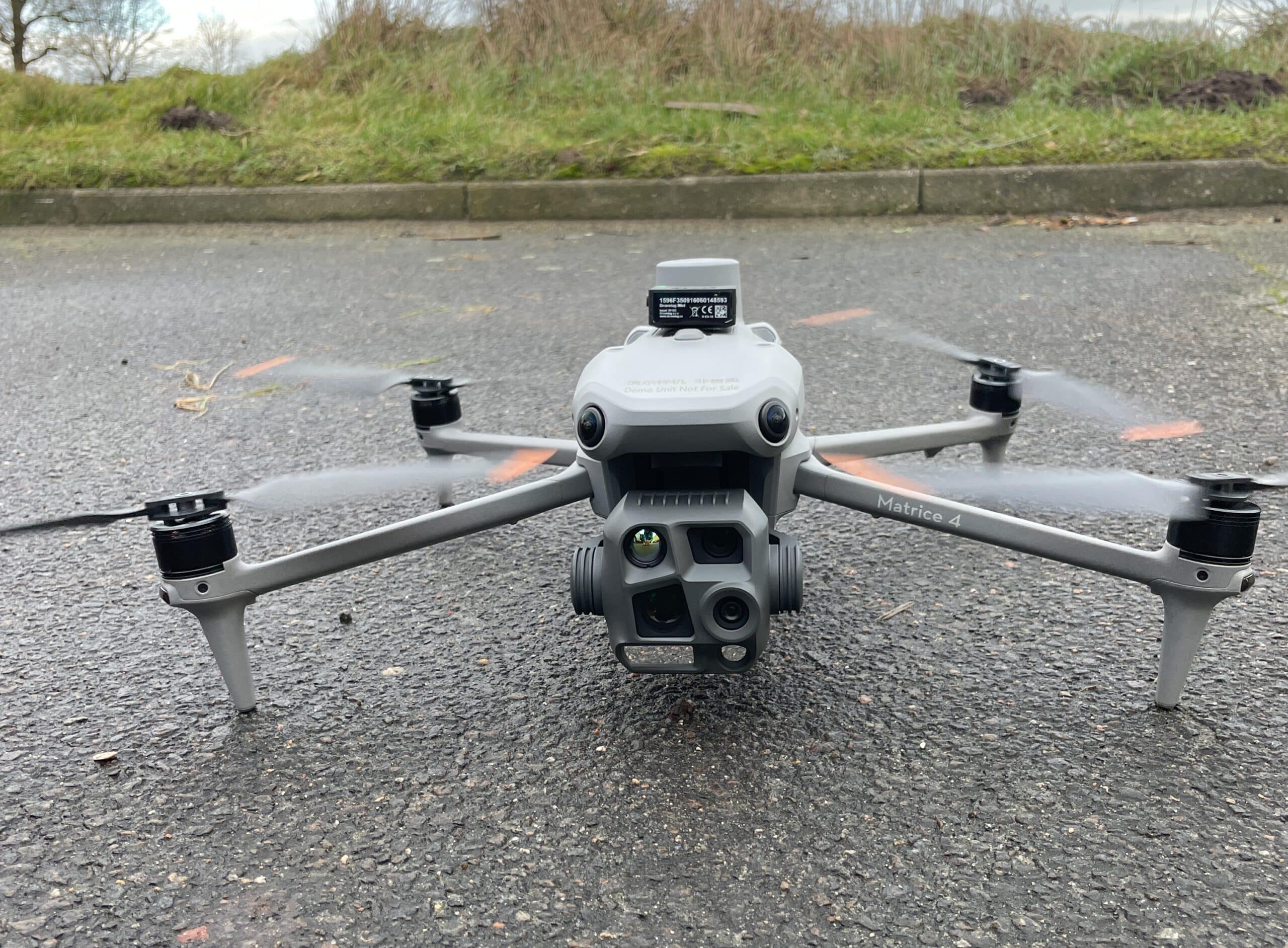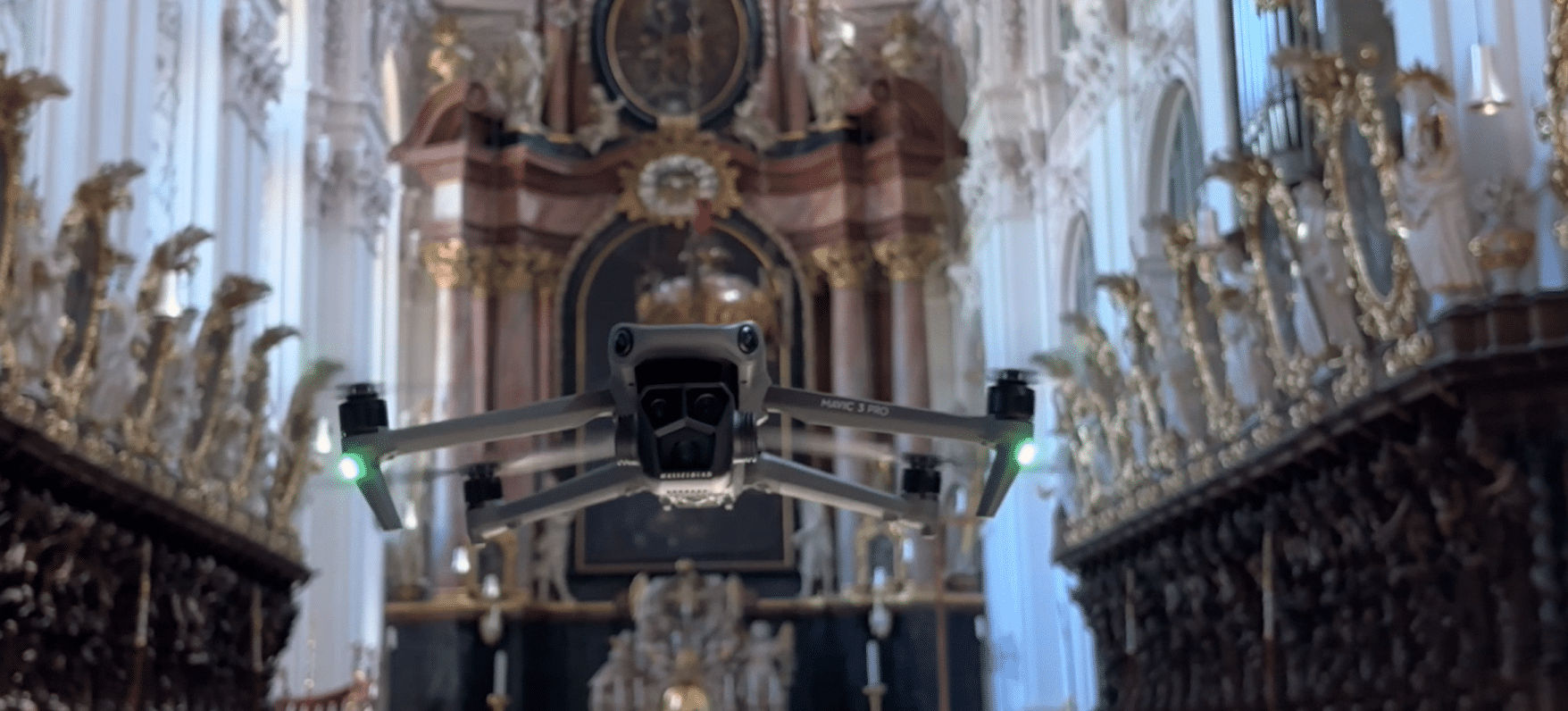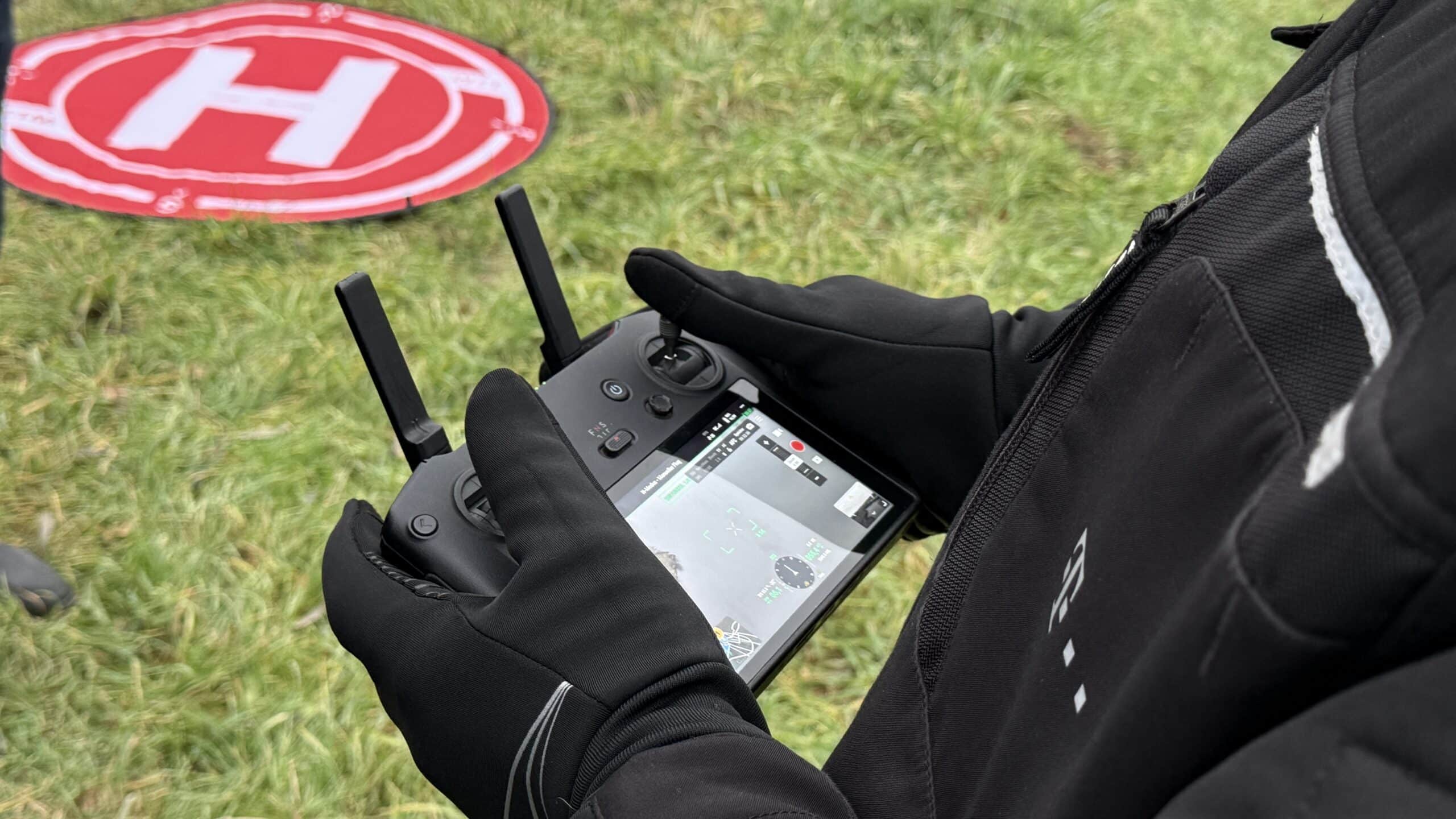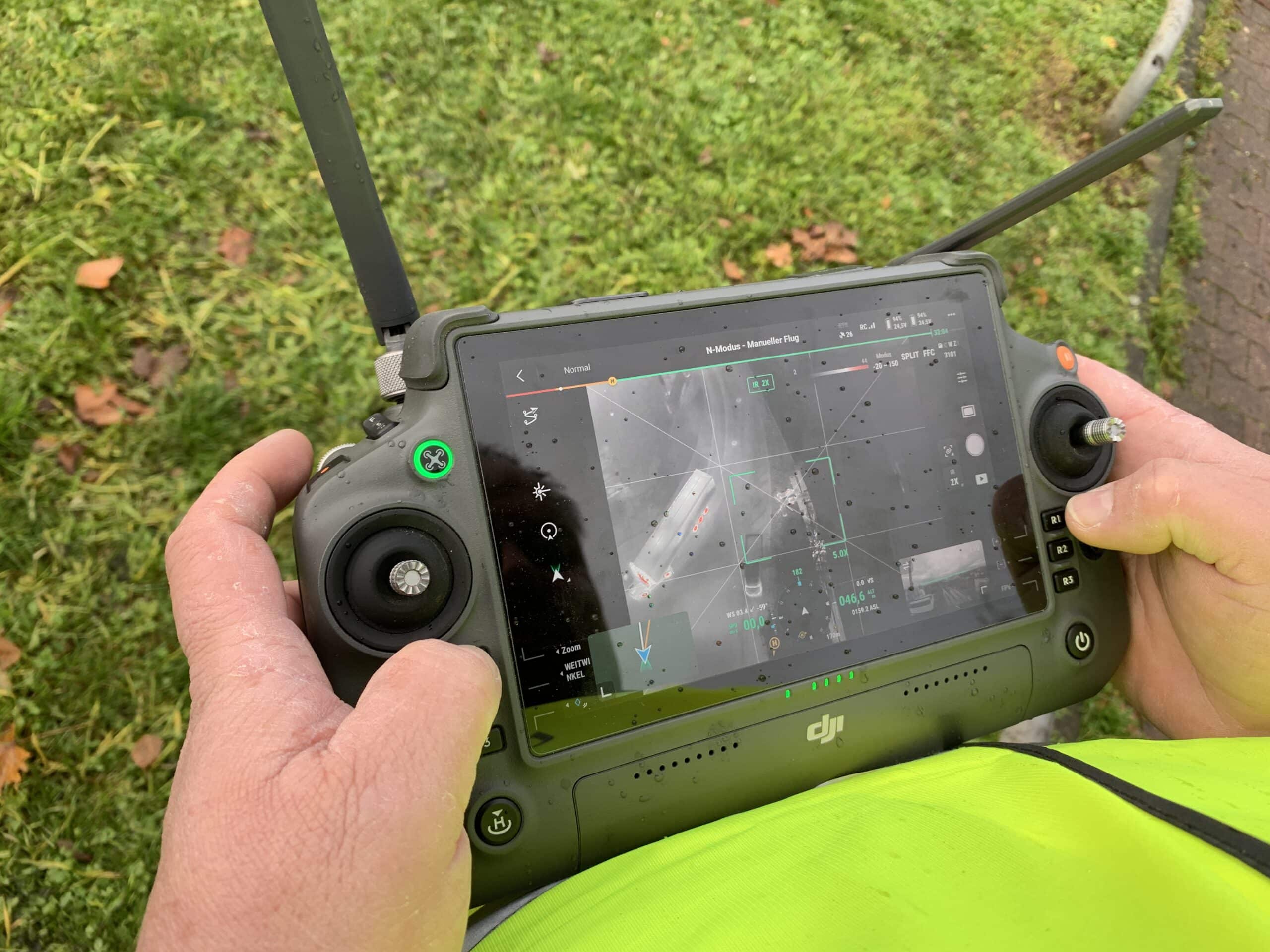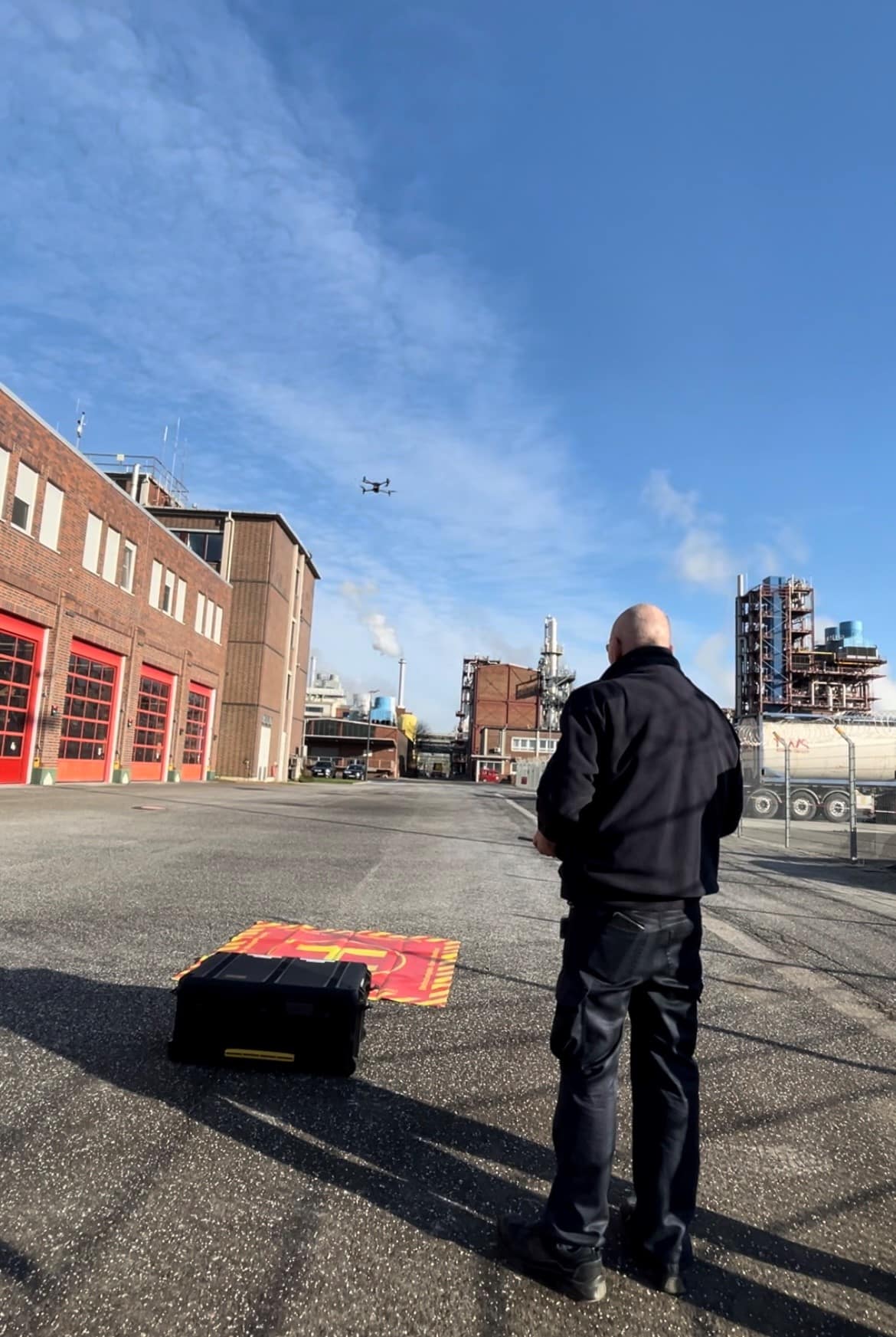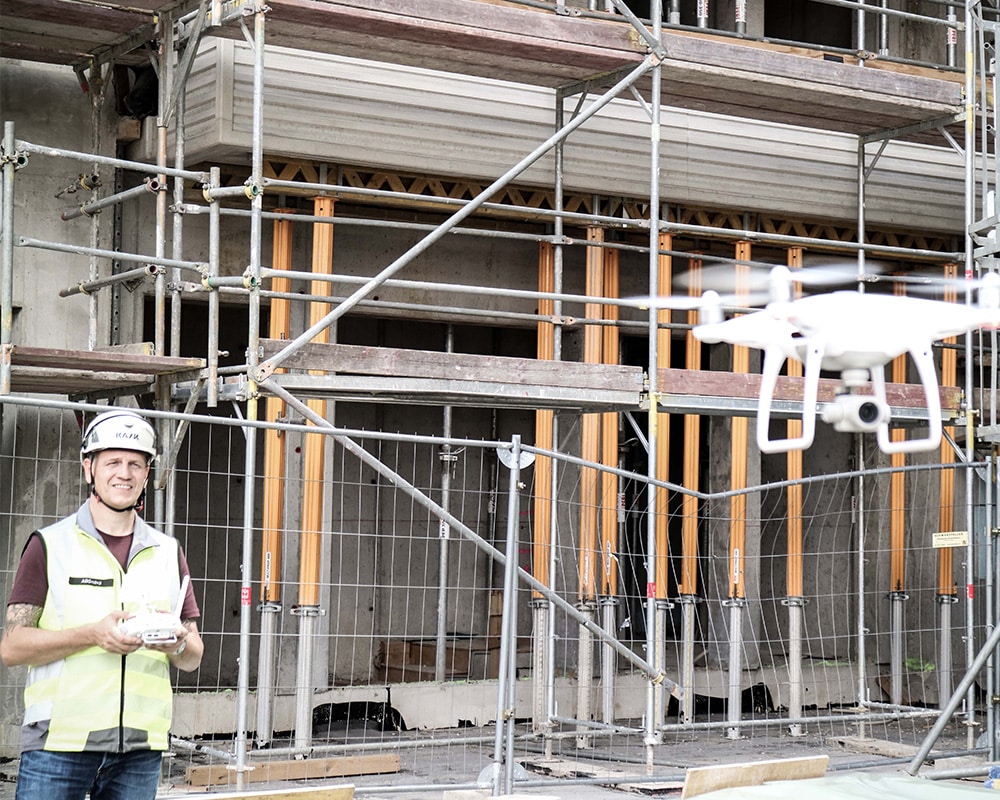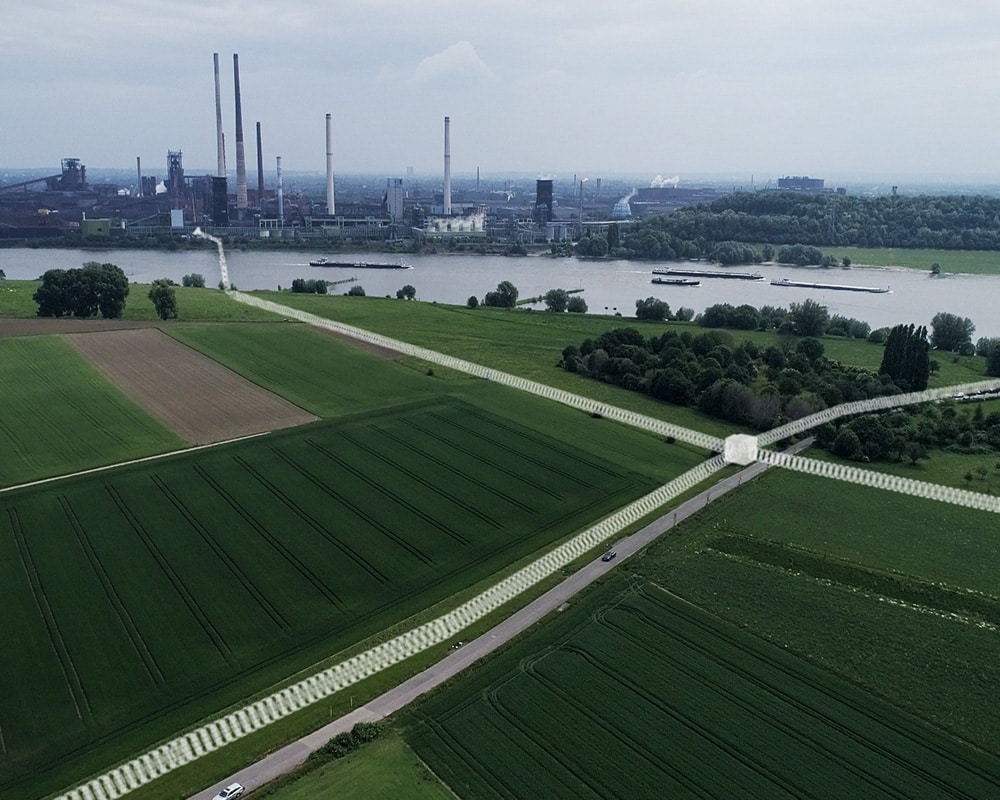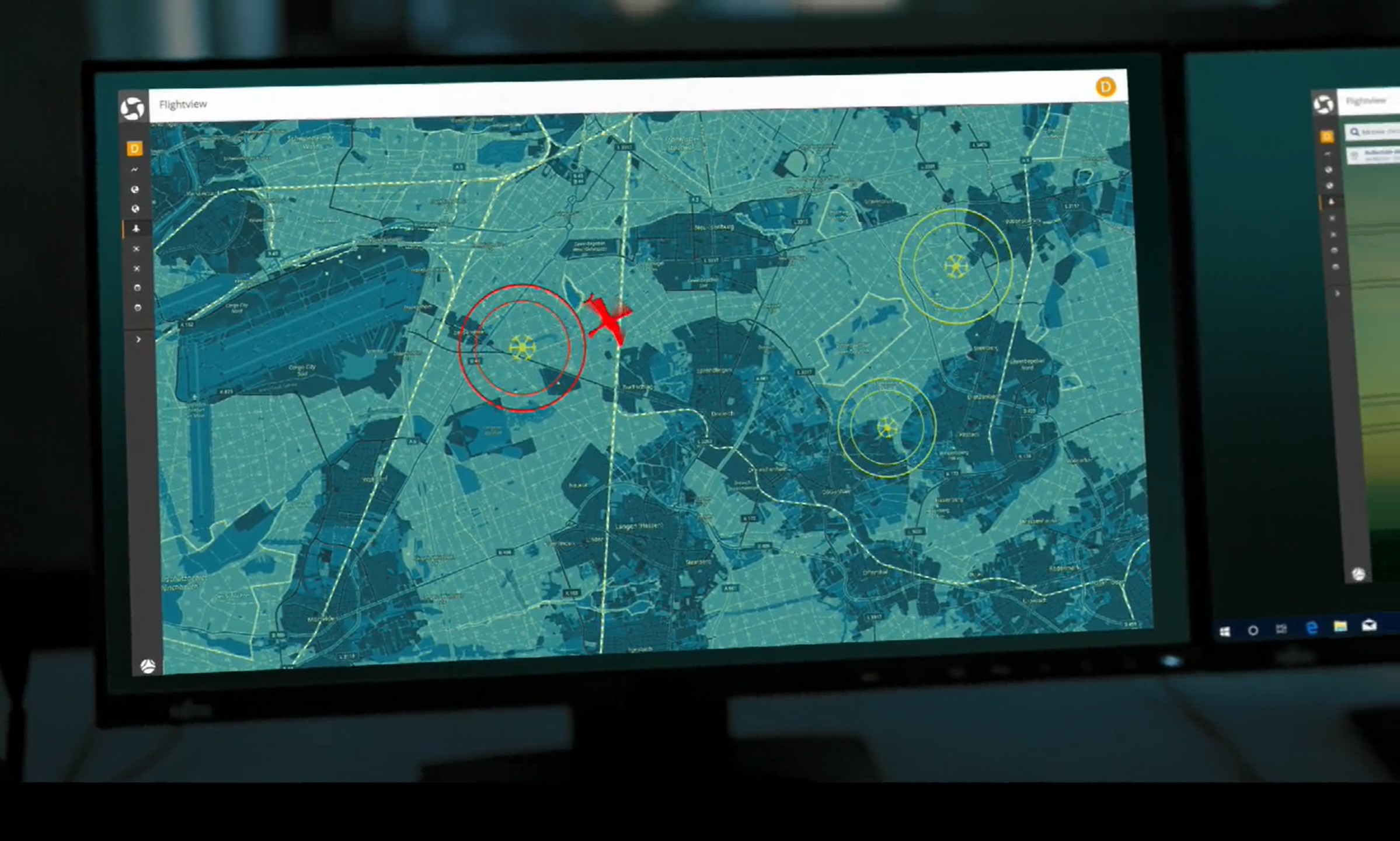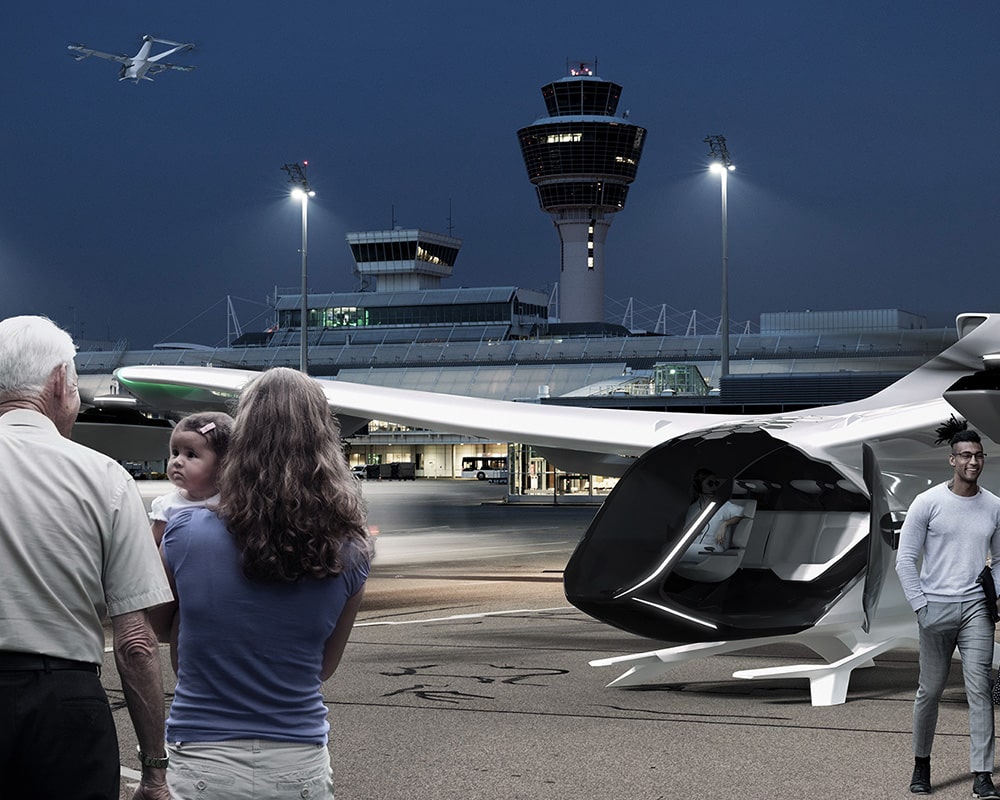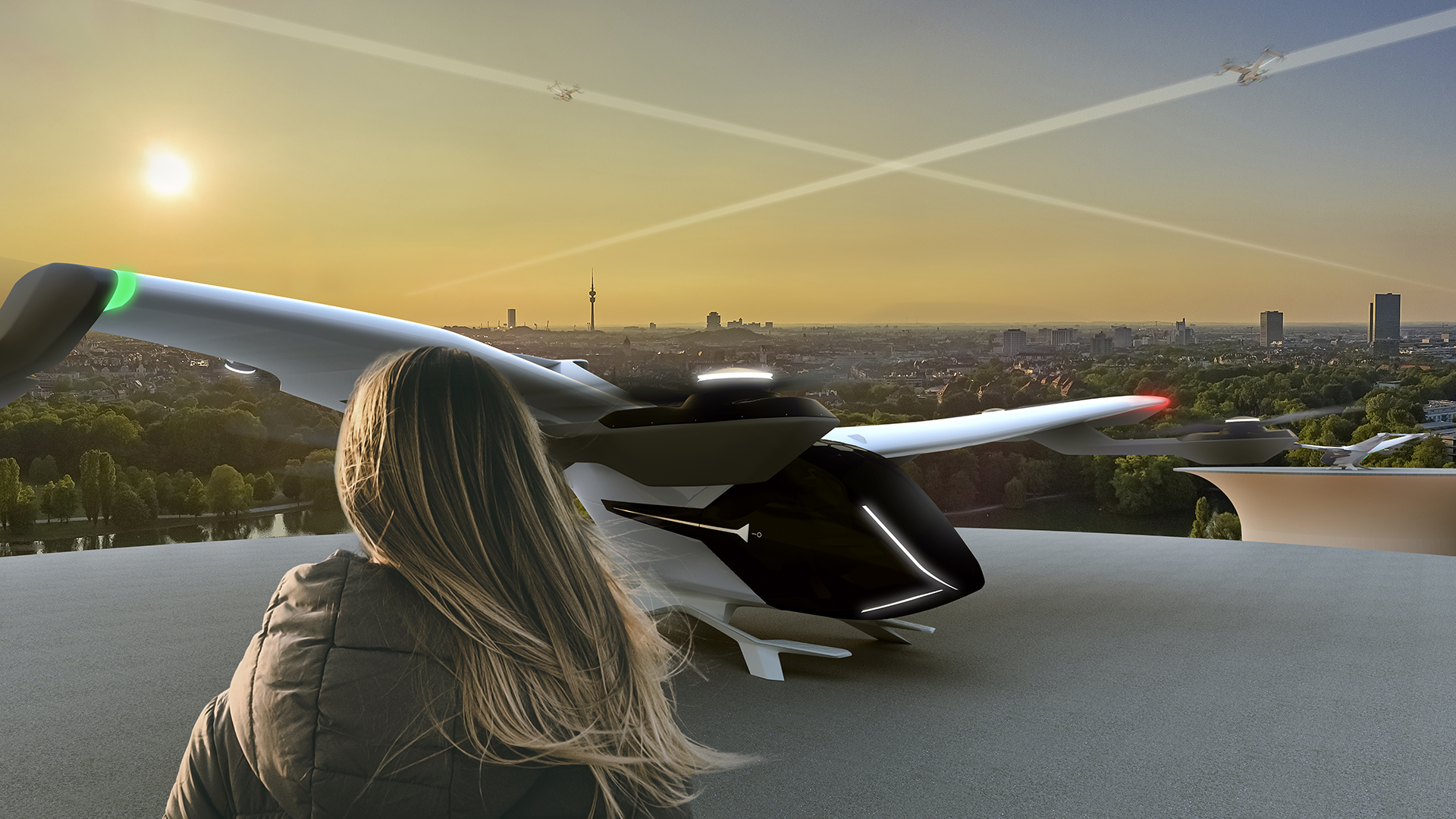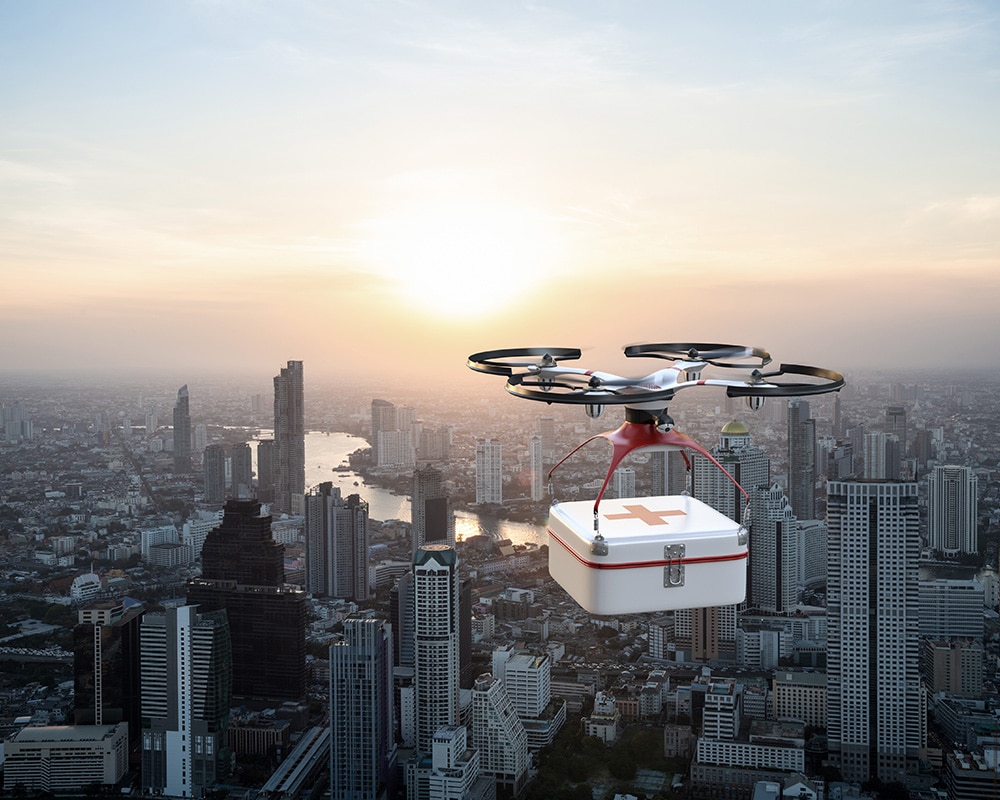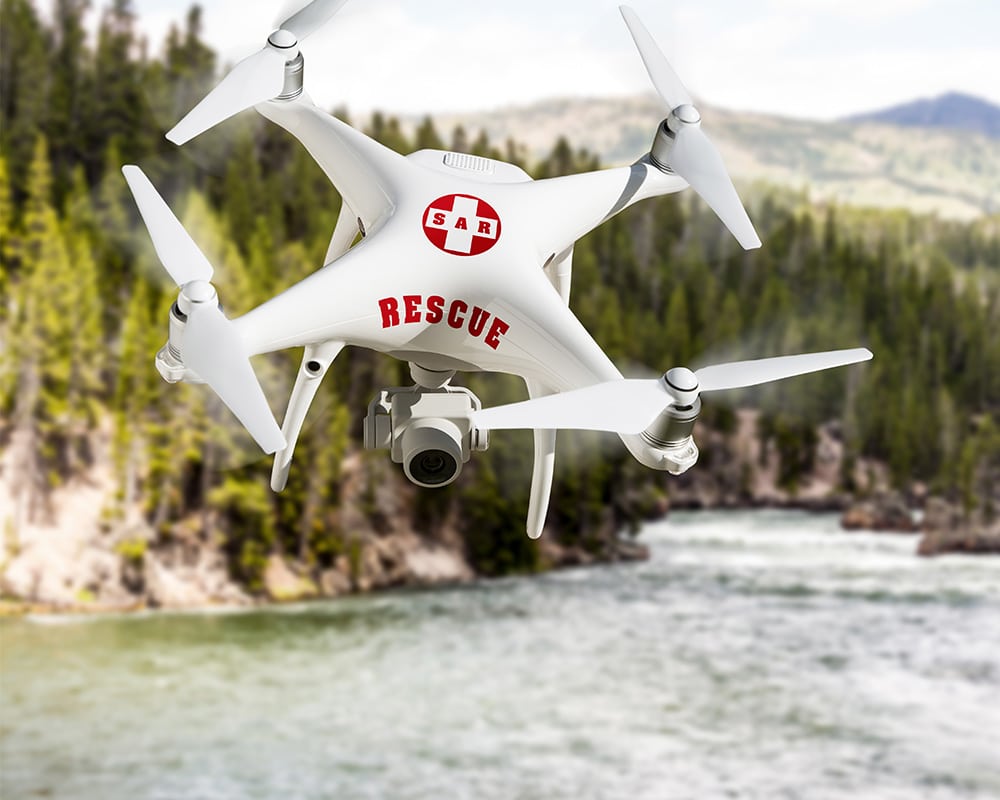
Analysis
How efficient passenger and freight transport can be between urban agglomerations & major airports.
Implementation
of physical and virtual demonstration flights incl. extension of existing routes for UAM missions including establishment of a U-Space corridor
Testing
the interaction of conventional and unmanned air traffic management systems (ATM and UTM)
Project duration
Project start: January 2021 Project end: April 2023
Project website
For more information on the CORUS XUAM project, click here: https://corus-xuam.eu
The goal
The EU CORUS-XUAM project demonstrates U-space solutions to support Urban Air Mobility (UAM) flight operations and develops the necessary operational procedures and requirements (ConOps), taking into account safety, efficiency and social acceptability.
CORUS-XUAM will include extensive technical discussions with U-space stakeholders. The first step will be to update the U-space Concepts of Operations (ConOps). This will address the integration of drones into airspace currently used by manned aircraft (Very Low Level and above), refine definitions of U-space services, and identify new U3/U4 services.
The core task of the project, in addition to elaborating the theoretical basis, is to conduct six flight demonstrations in seven European countries. In addition to the demonstrations, the effectiveness of the proposed U-space procedures and services will be validated. In doing so, the most important results will be taken into account in the revised ConOps by the end of the project.

The implementation
As part of one of the six Very Large Demonstrations (VLD) in which Droniq was represented, two research scenarios for urban areas in London and Frankfurt/Main were flown for the first time with Volocopter's VoloDrone, among others. The flight demonstrations took place at DLR's National Test Center for Unmanned Aerial Systems at Magdeburg-Cochstedt Airport.
The VoloDrone developed by Volocopter can carry up to 200 kilograms of cargo in all-electric flight over a distance of up to 40 kilometers.
The focus was on the digital communications interface for ATM/UTM, including emergency management in unforeseen conflict scenarios, as well as possible routing and air traffic management solutions. The flight tests in Cochstedt simulated an air cab scenario for the connection between the city center and the major airports in the London and Frankfurt/Main metropolitan regions.
An ADAC EMS helicopter served as an example of a prioritized Emergency Medical Services (EMS) aircraft in one of the scenarios. In the scenarios, flight request, flight planning and flight execution were remotely controlled/automated from takeoff to landing. The multinational cooperating research team consisting of DFS Deutsche Flugsicherung GmbH, DLR, Droniq, NATS and Volocopter presented these flight tests to the invited guests on November 30, 2022.

Our contribution
Droniq is leading the German and English work package with the main objective of optimizing urban flight path structures from airports to urban agglomerations. Among other things, Droniq has organized operations in Cochstedt for the two demonstrators and supported them with tracking devices and ground-based air situational awareness systems.



